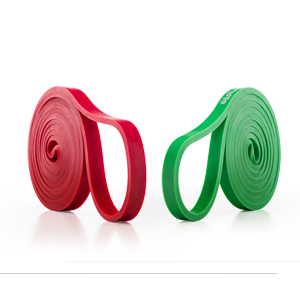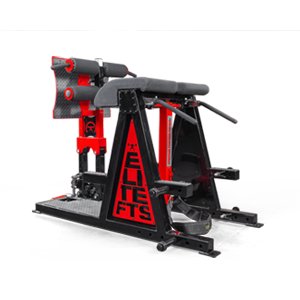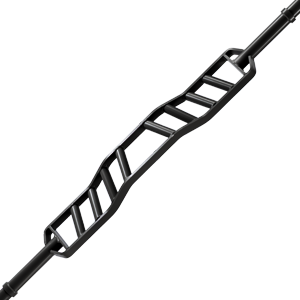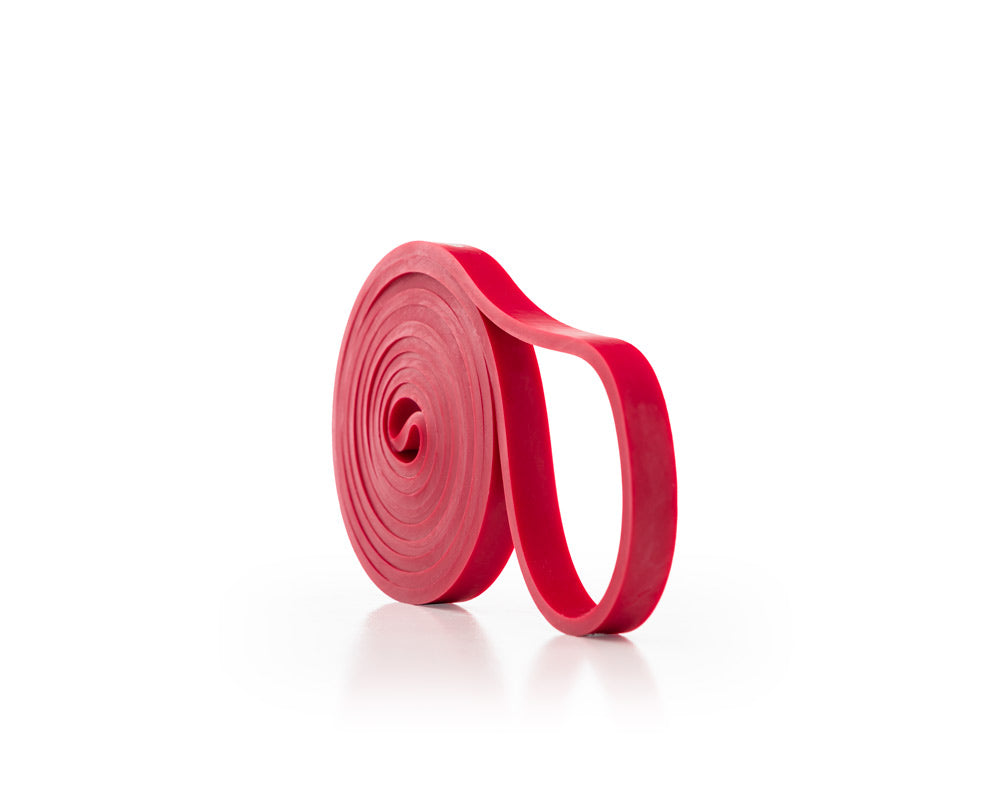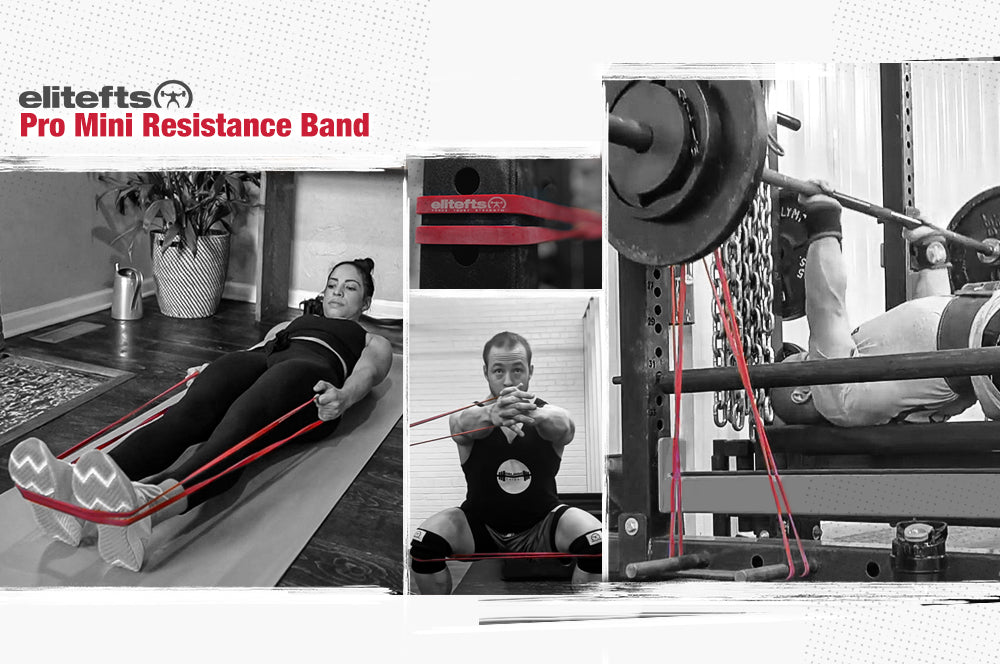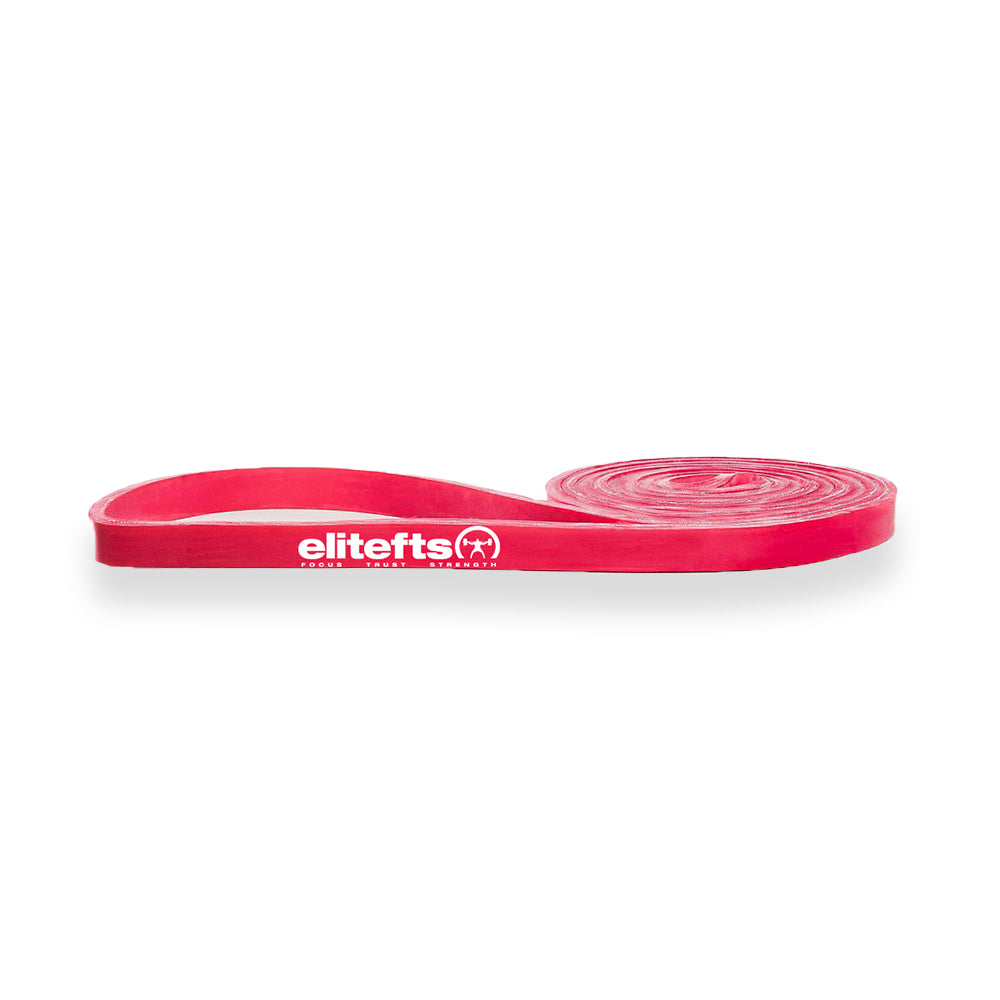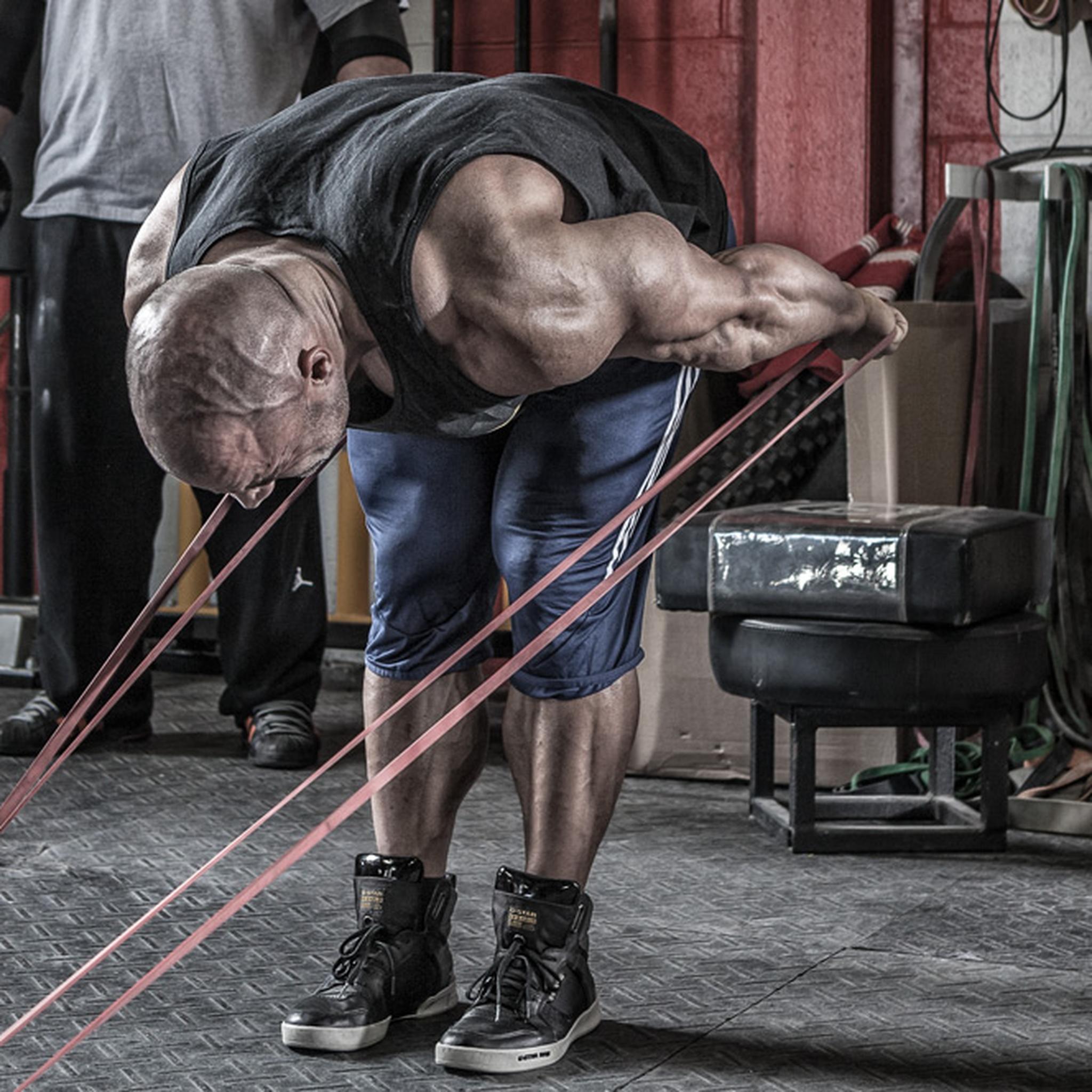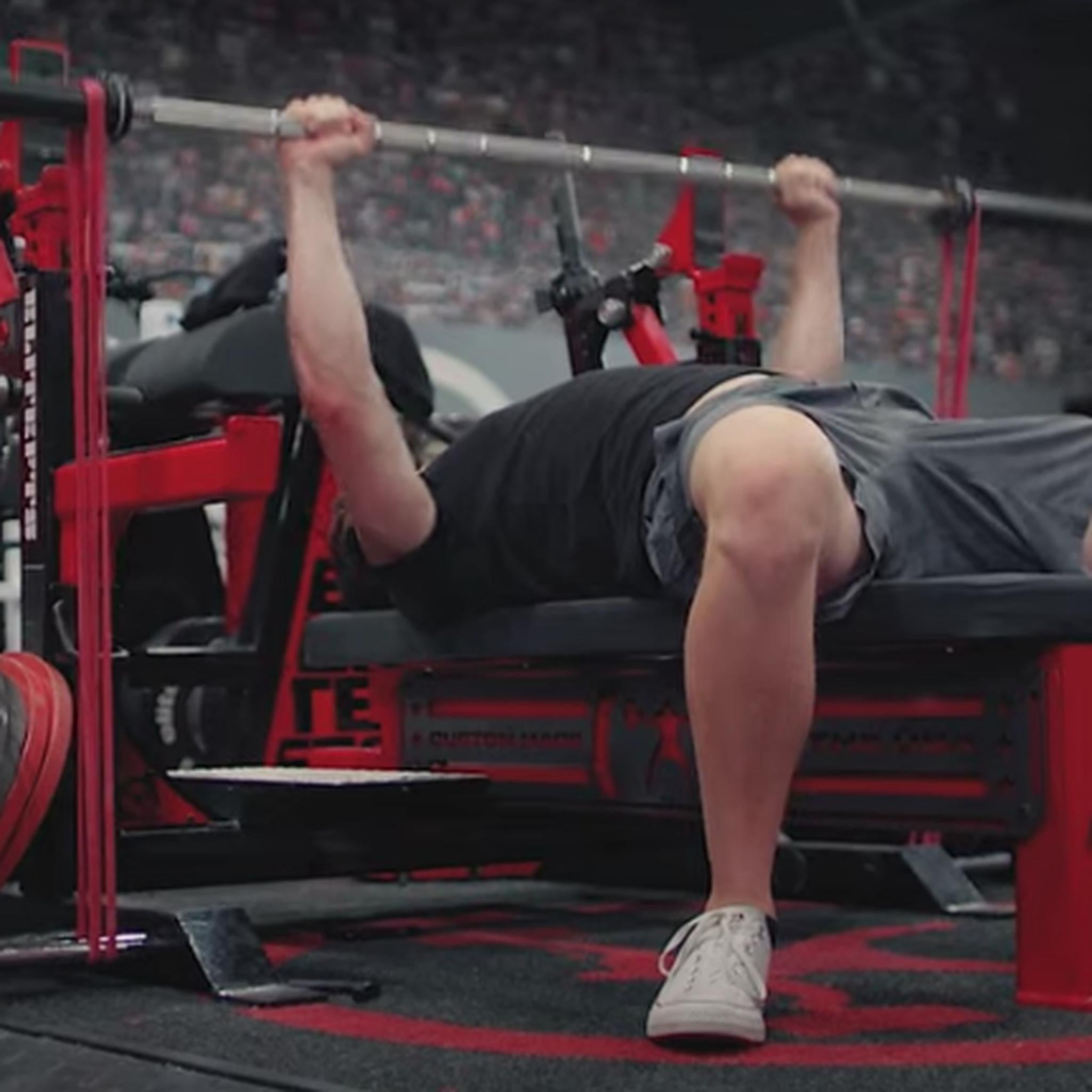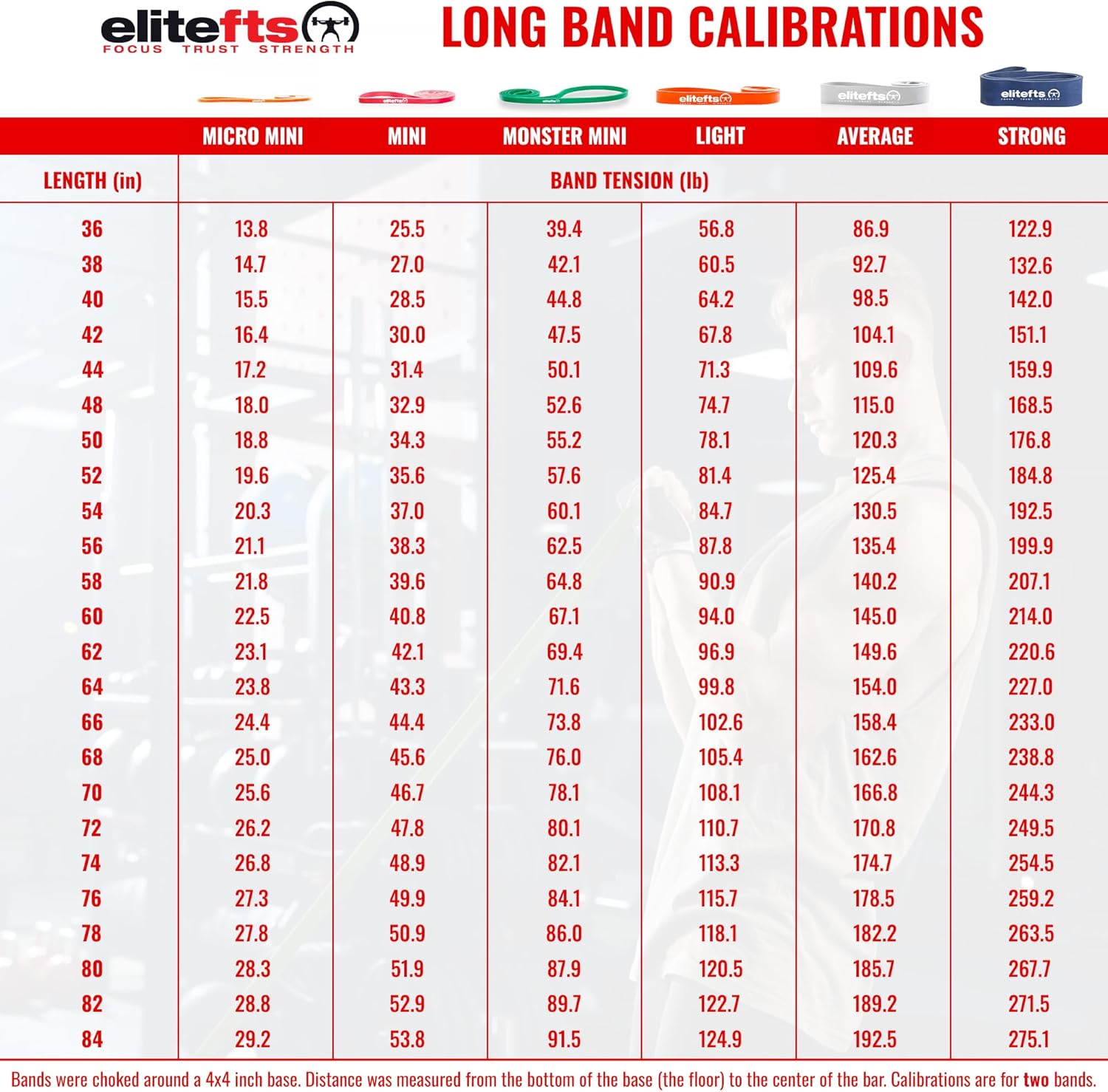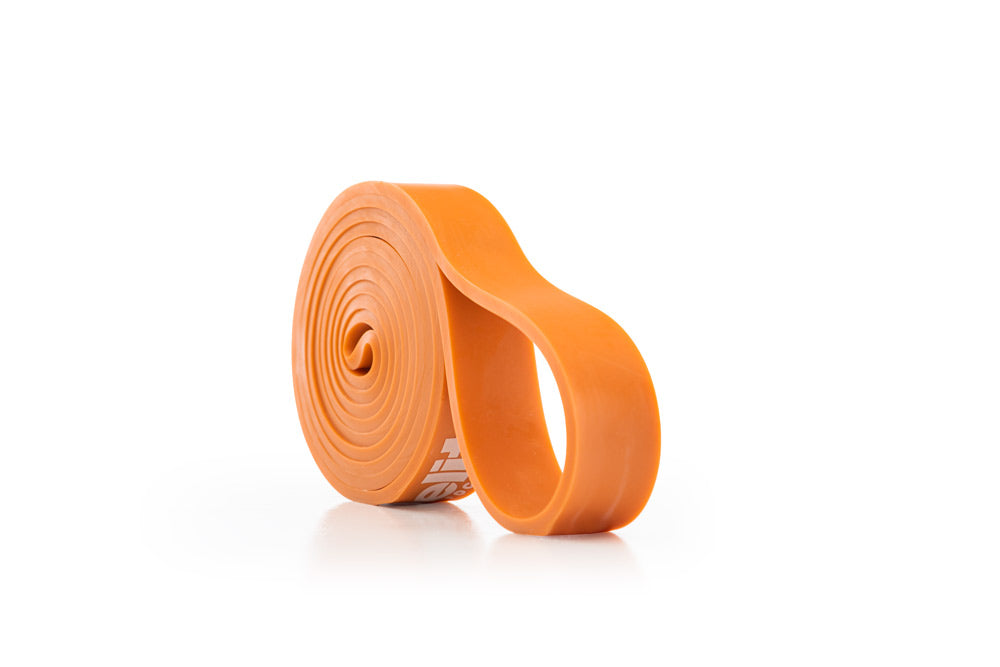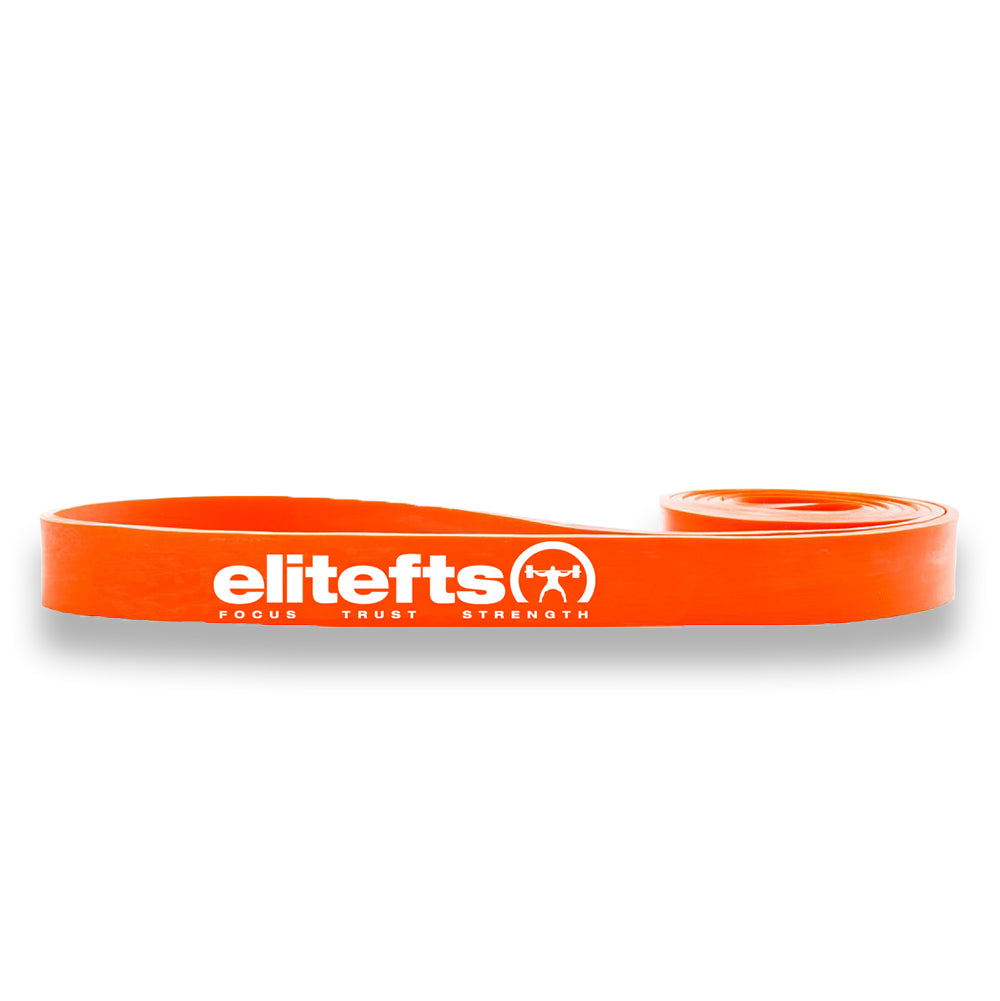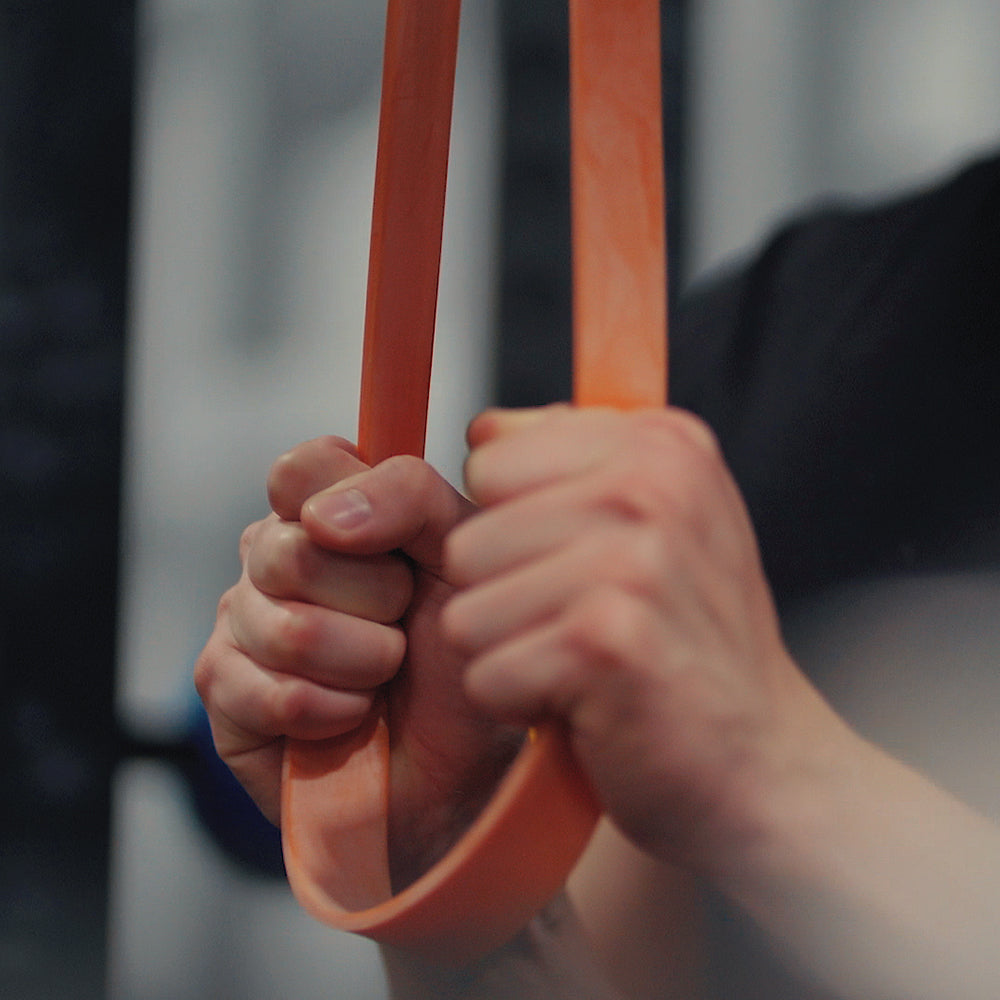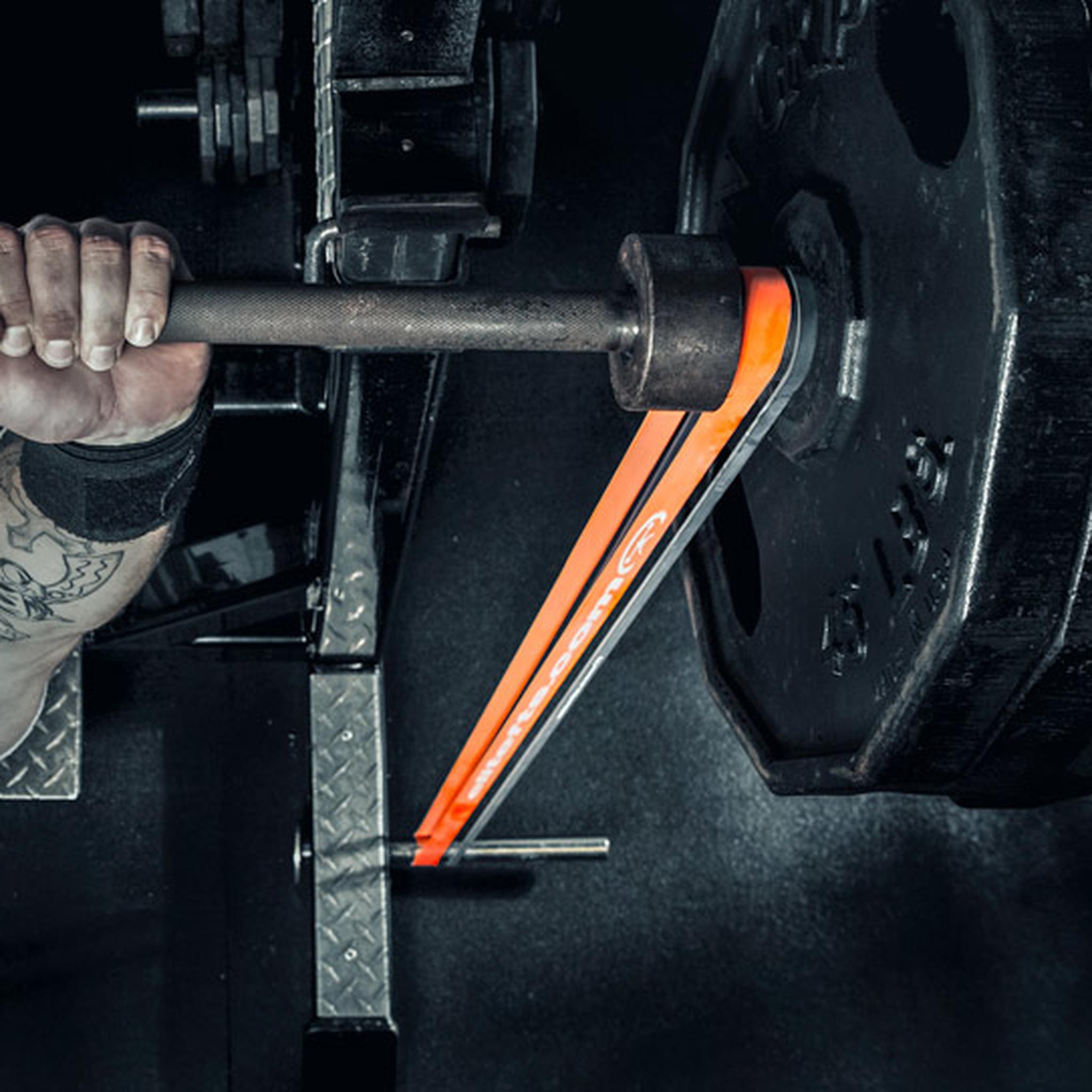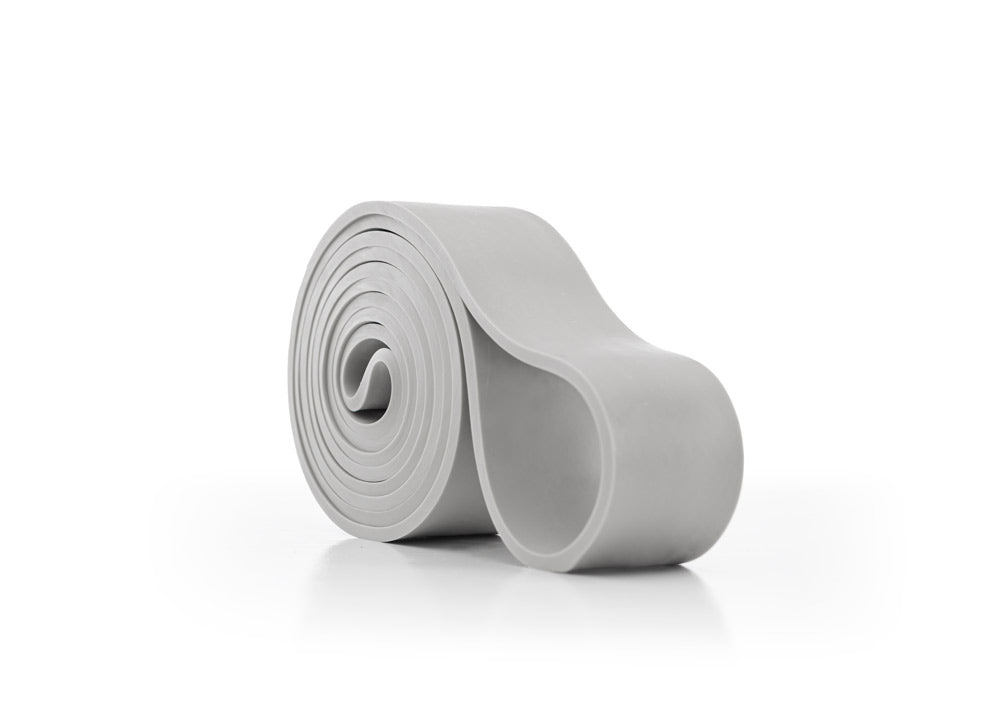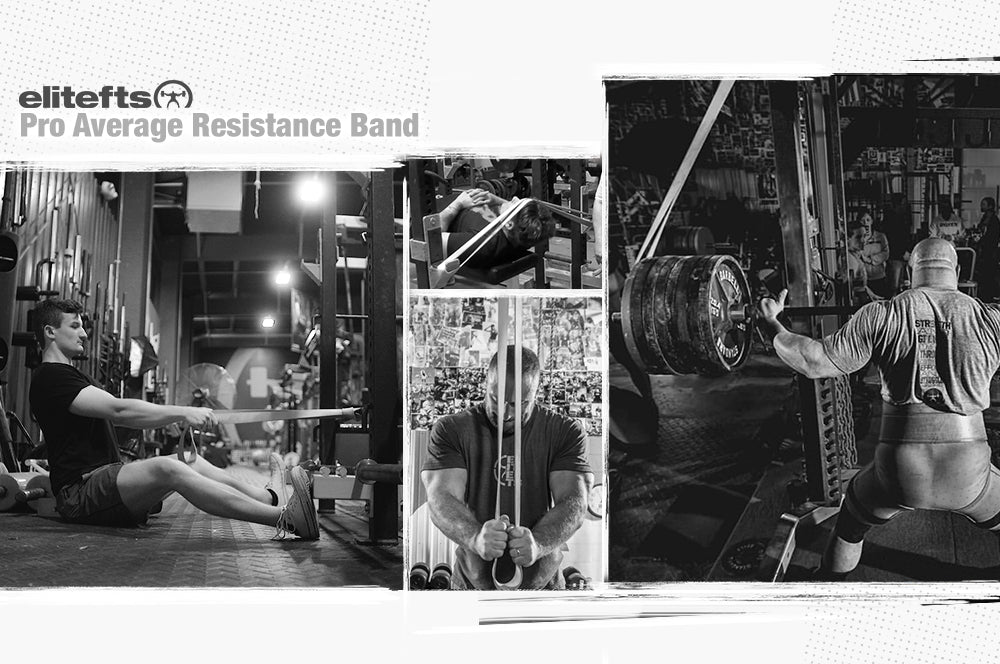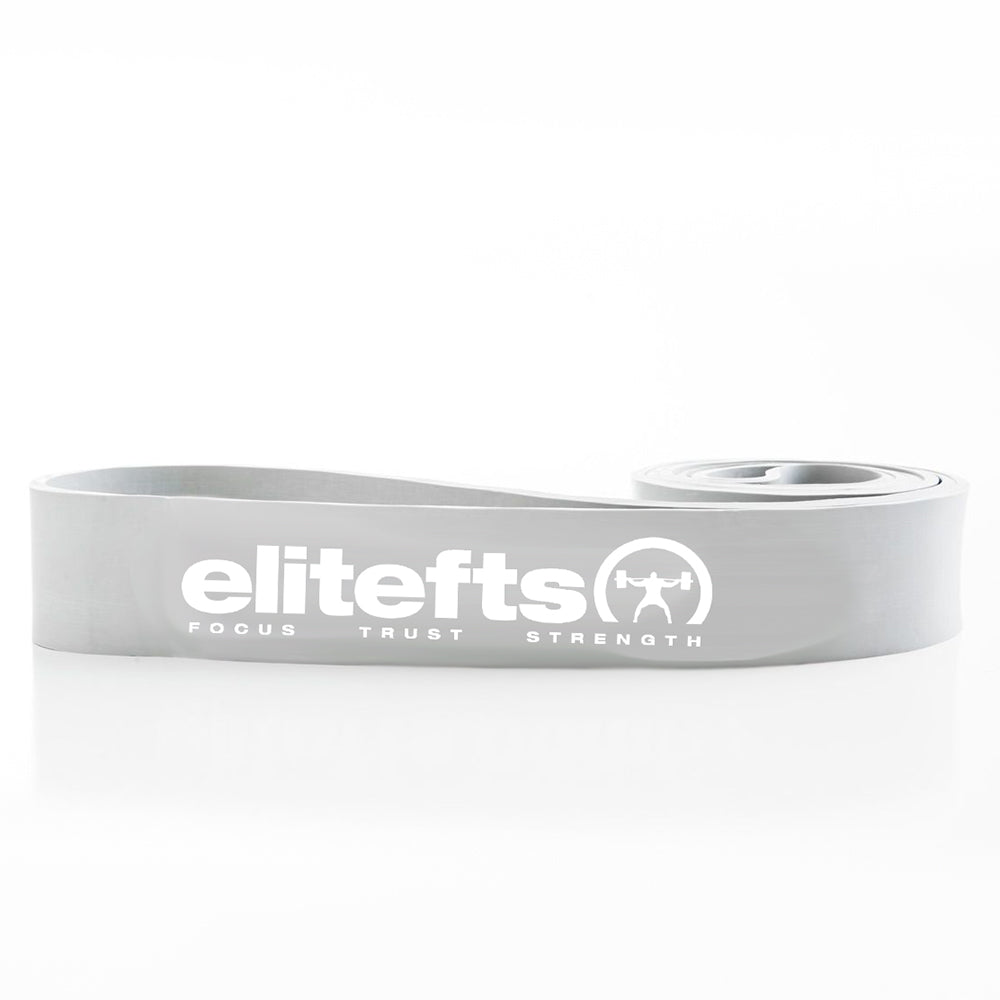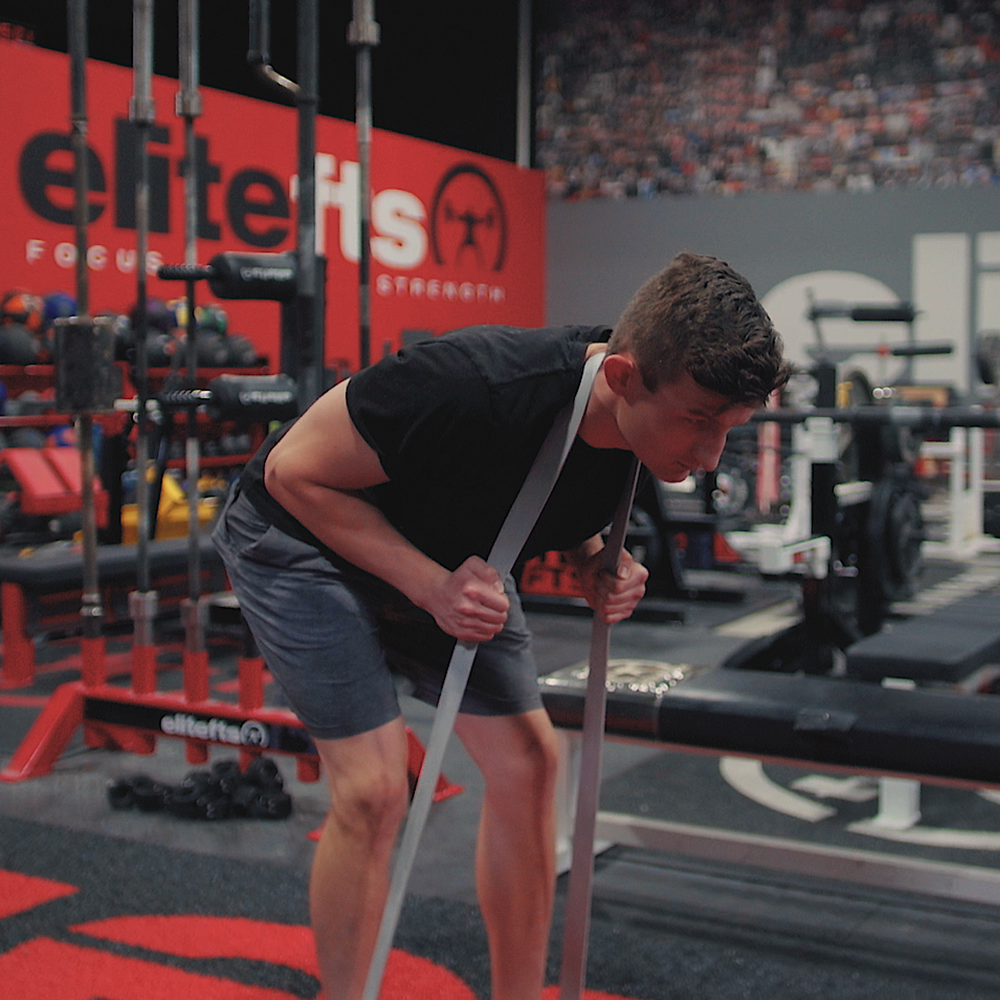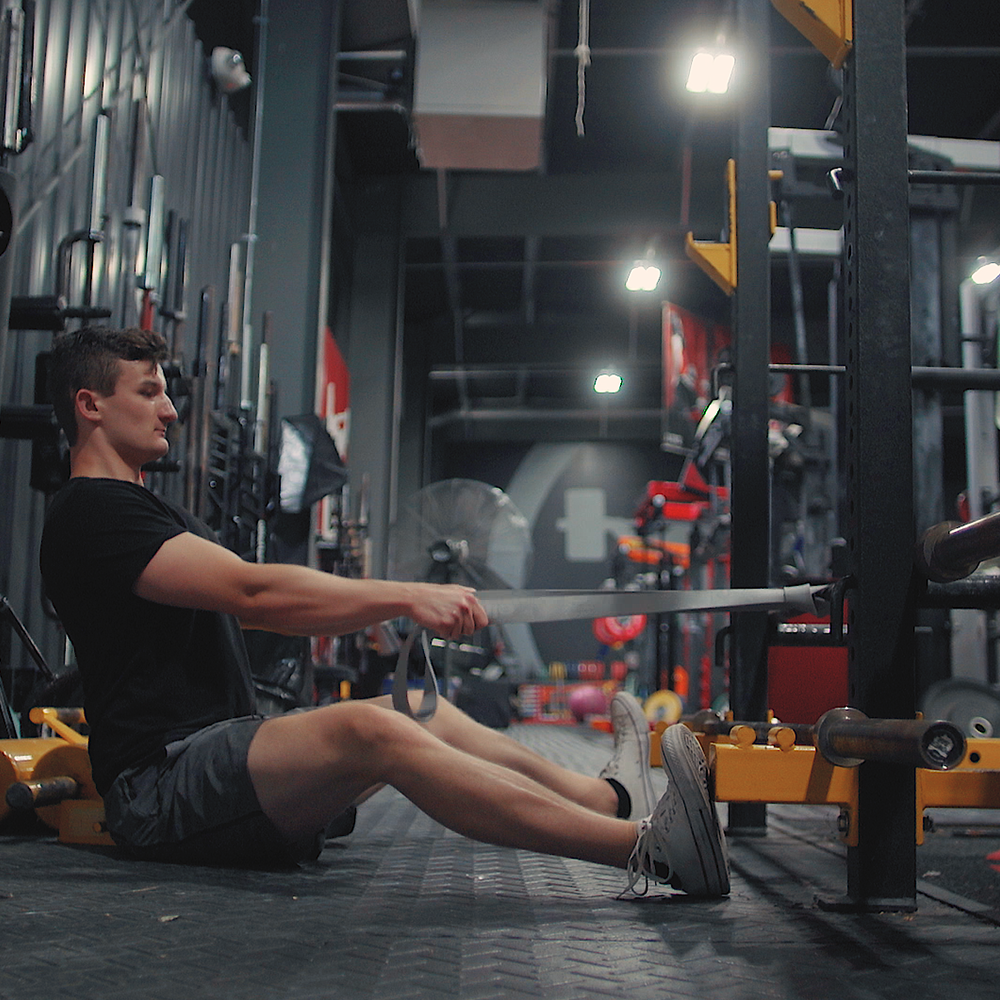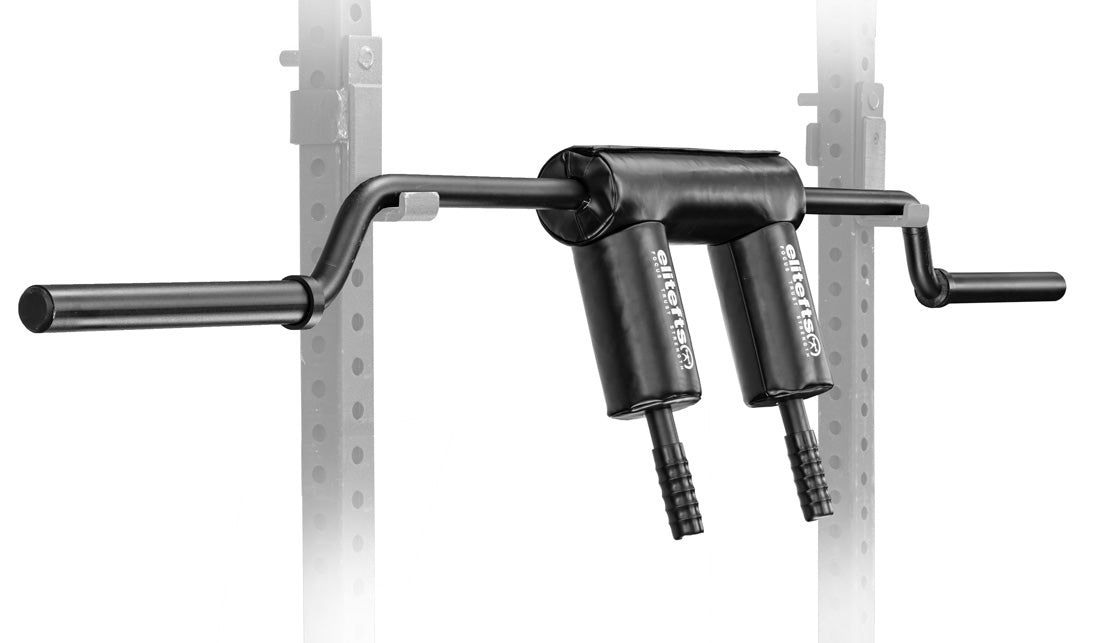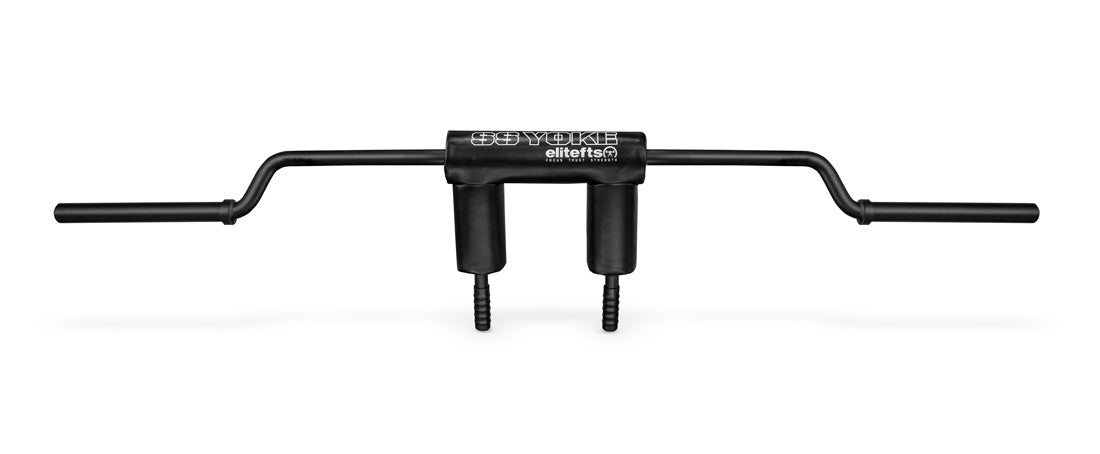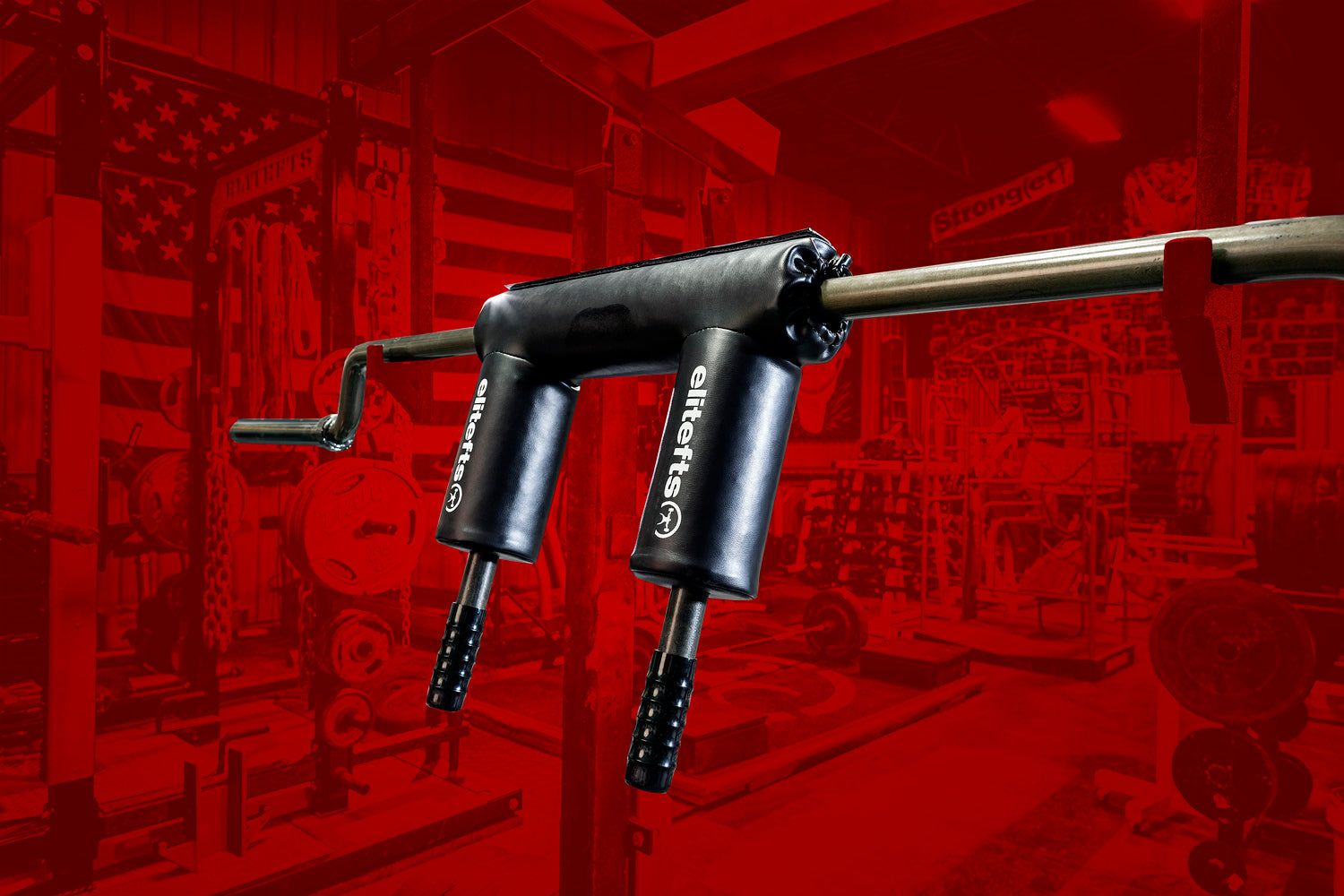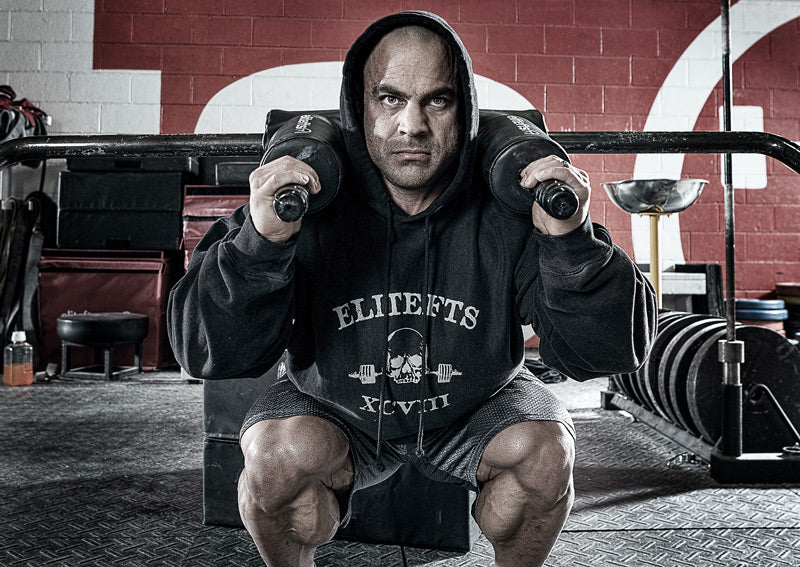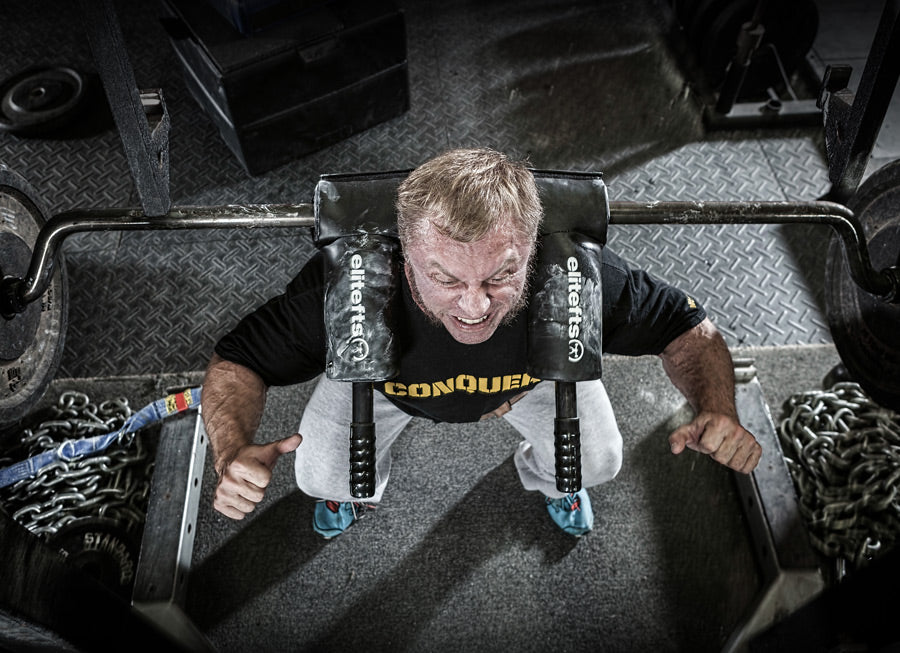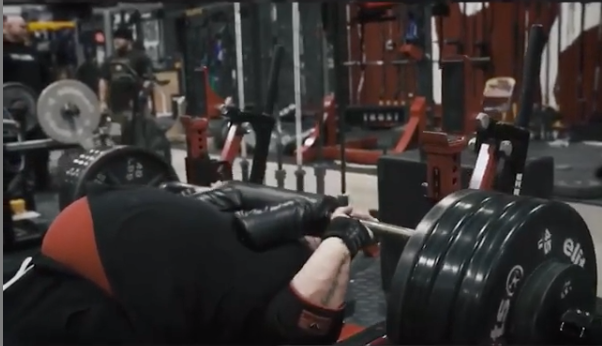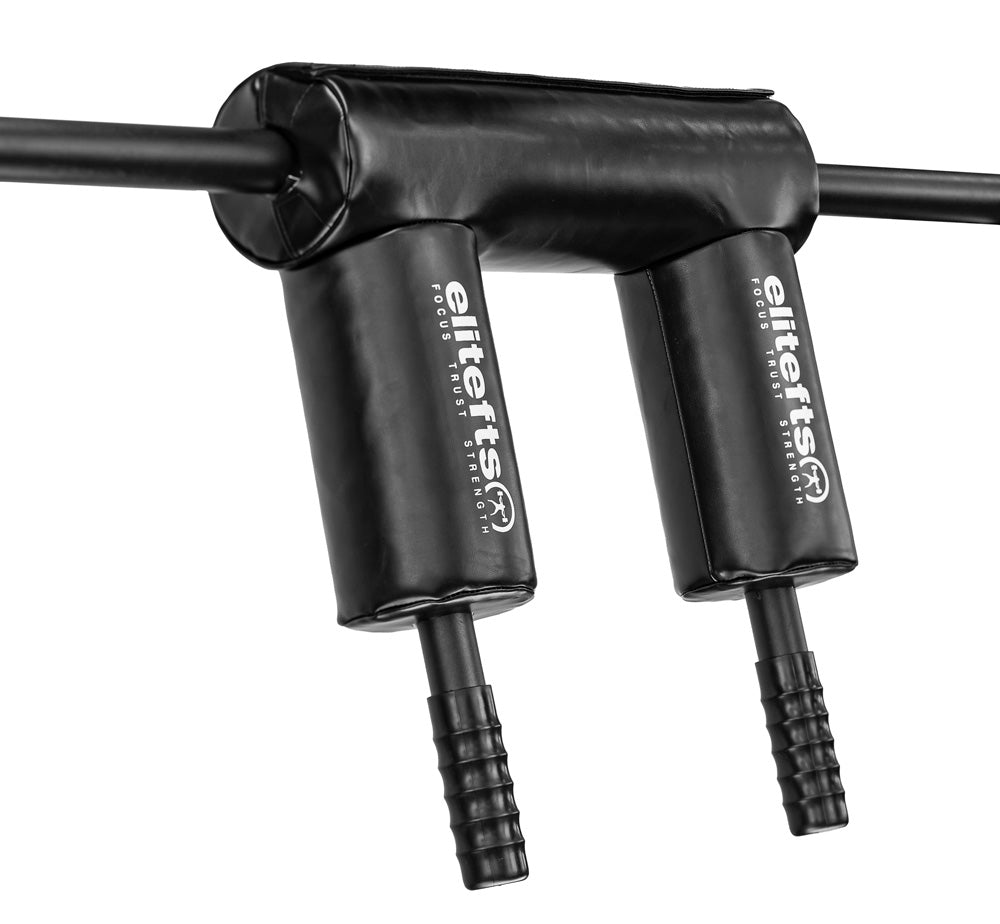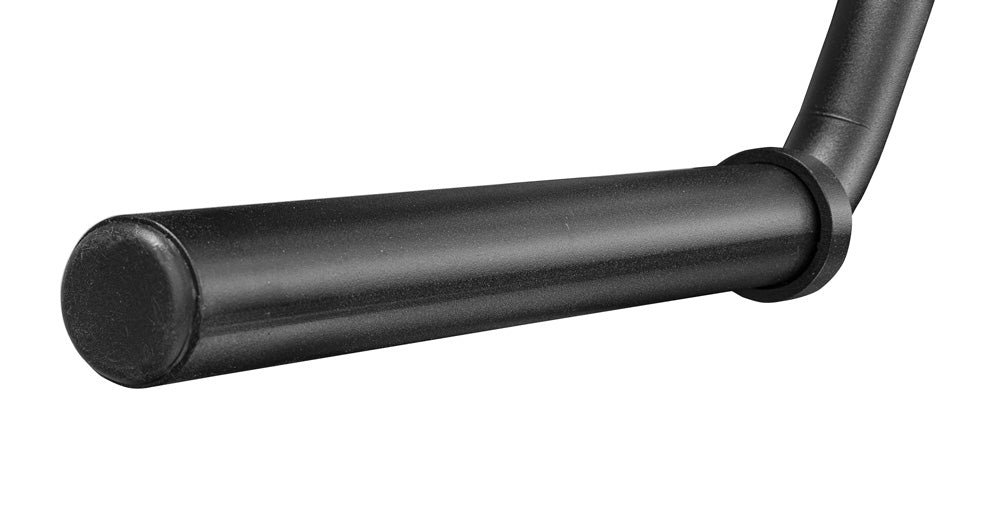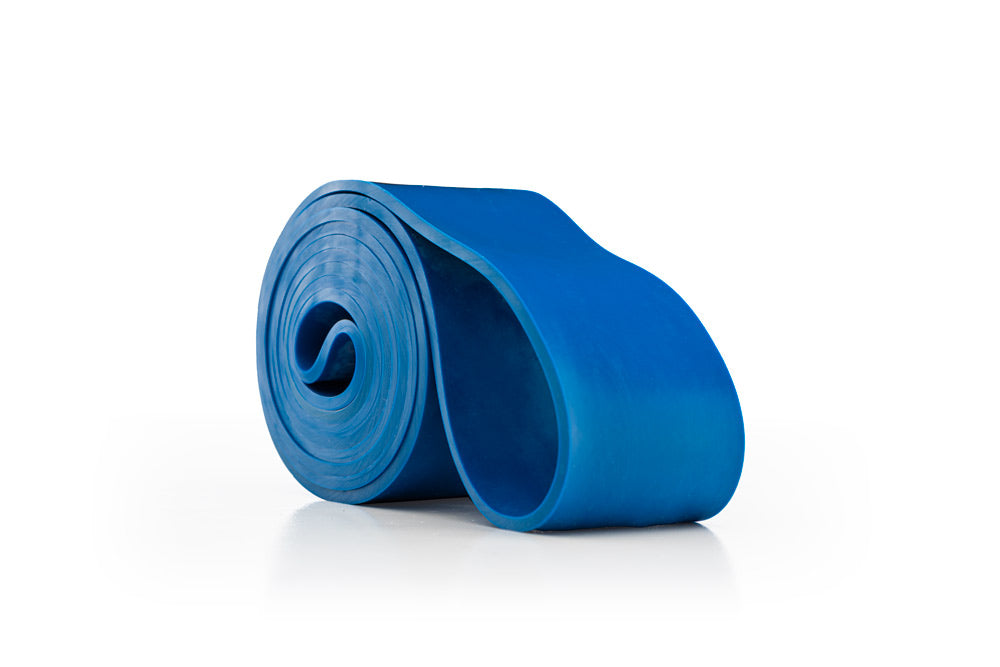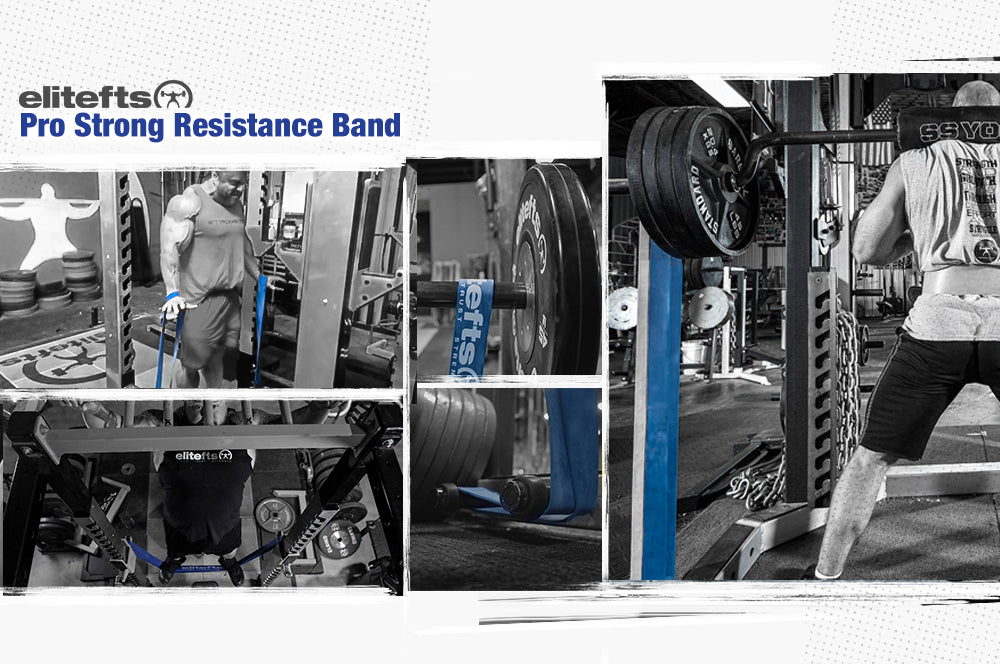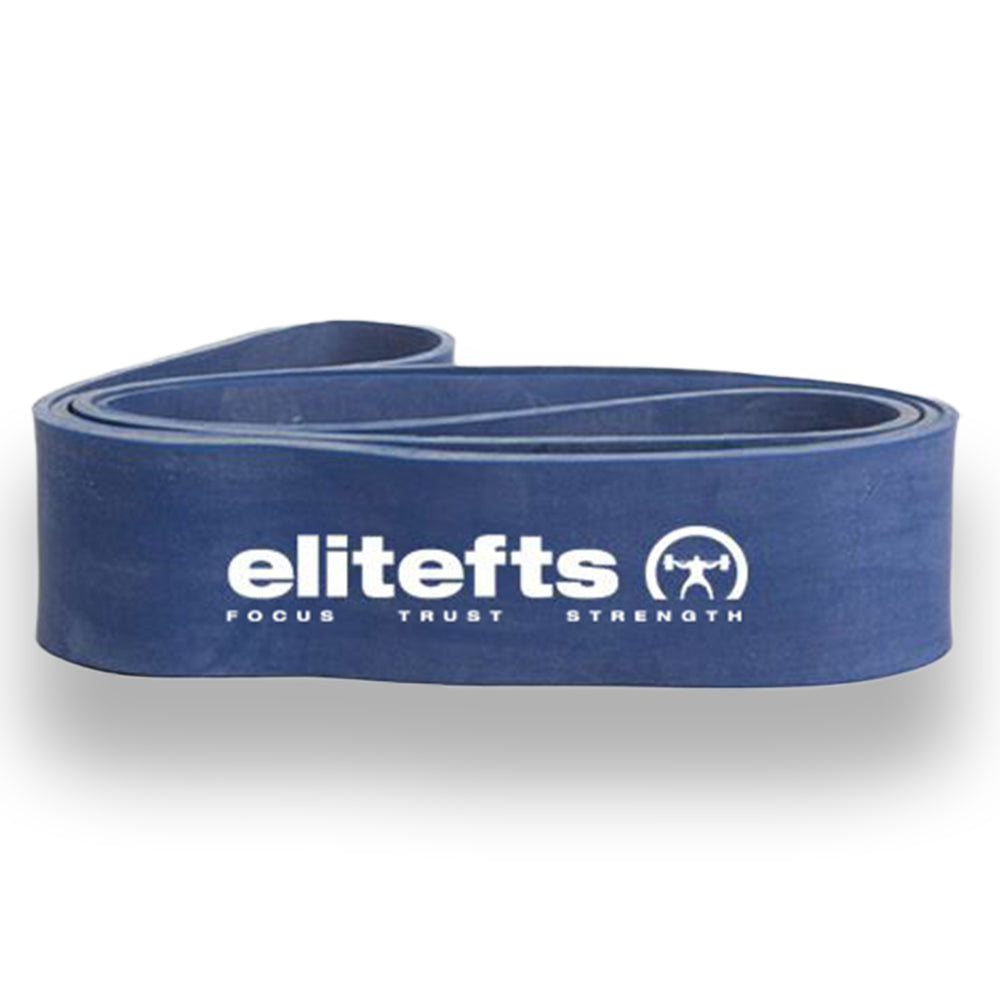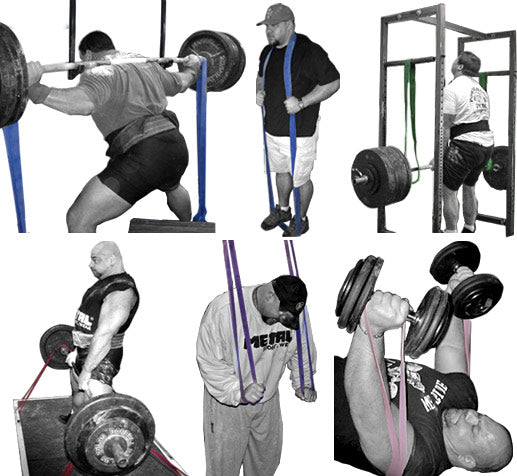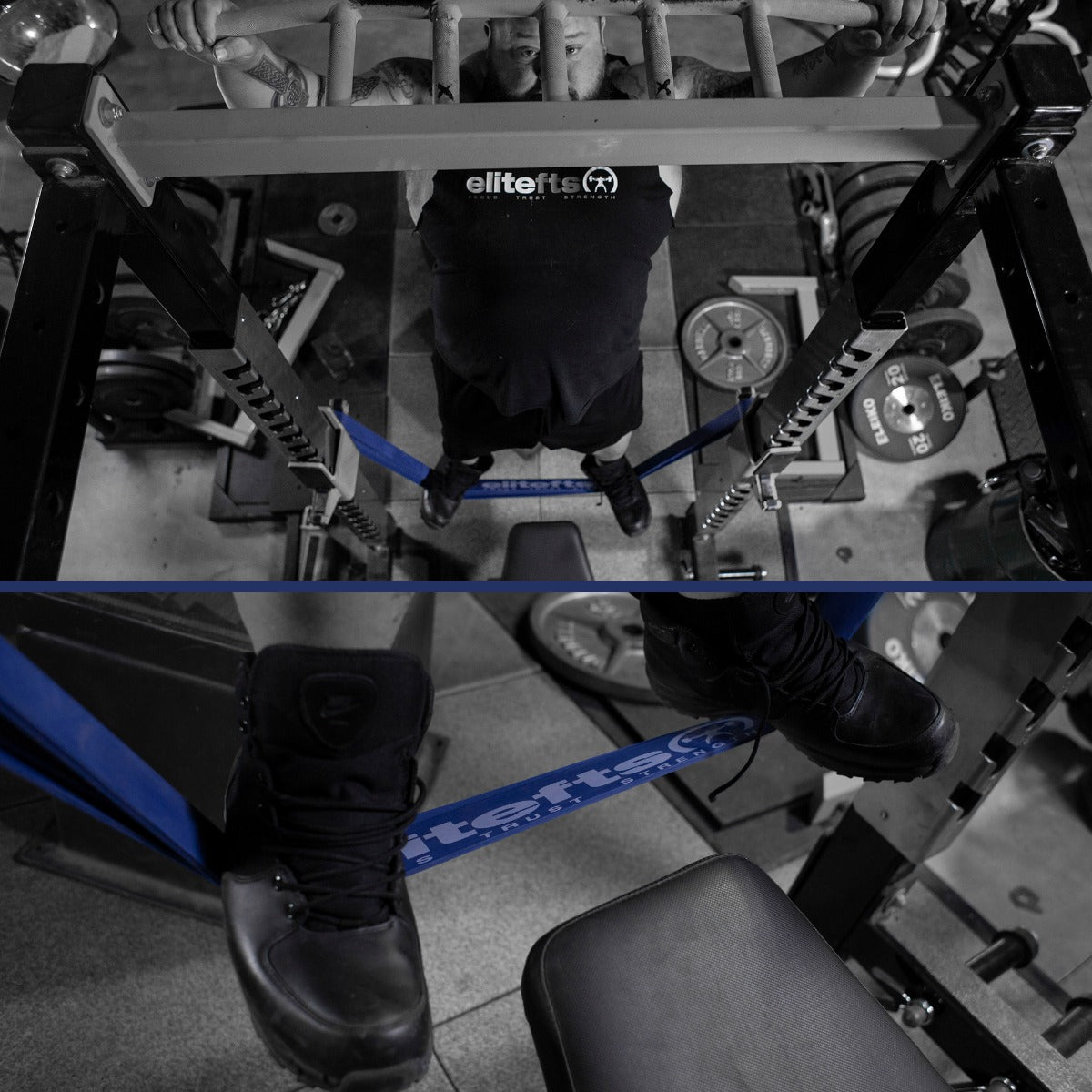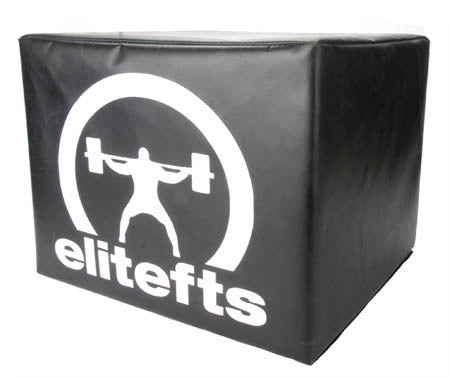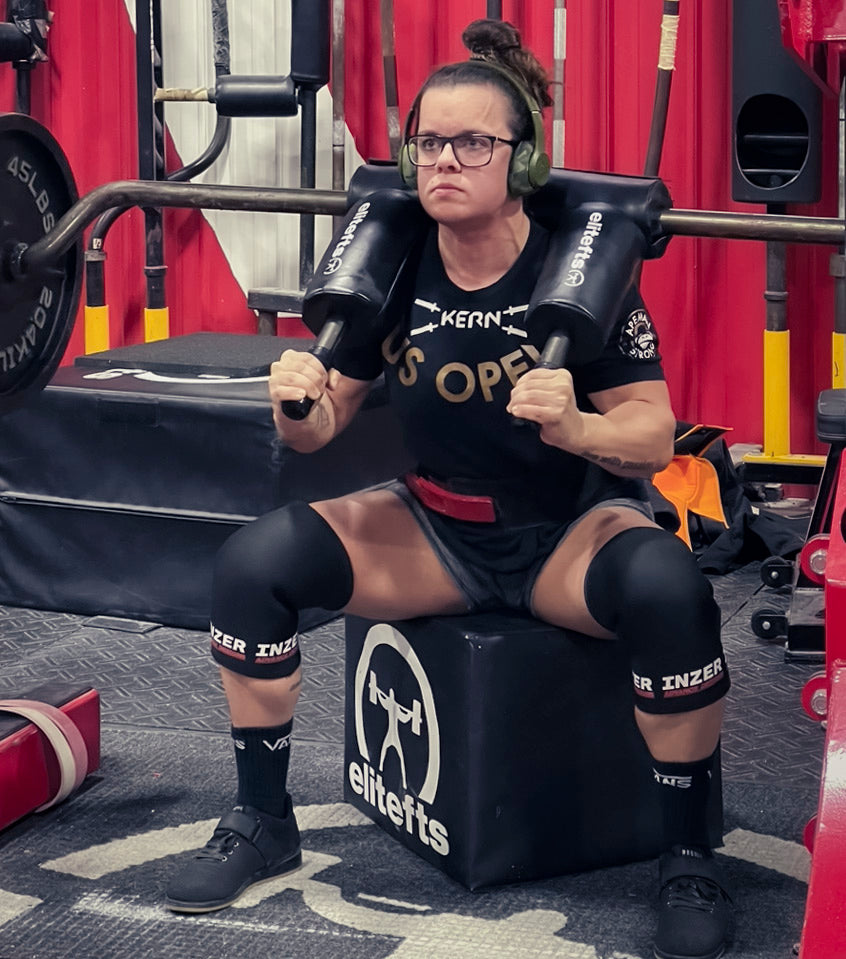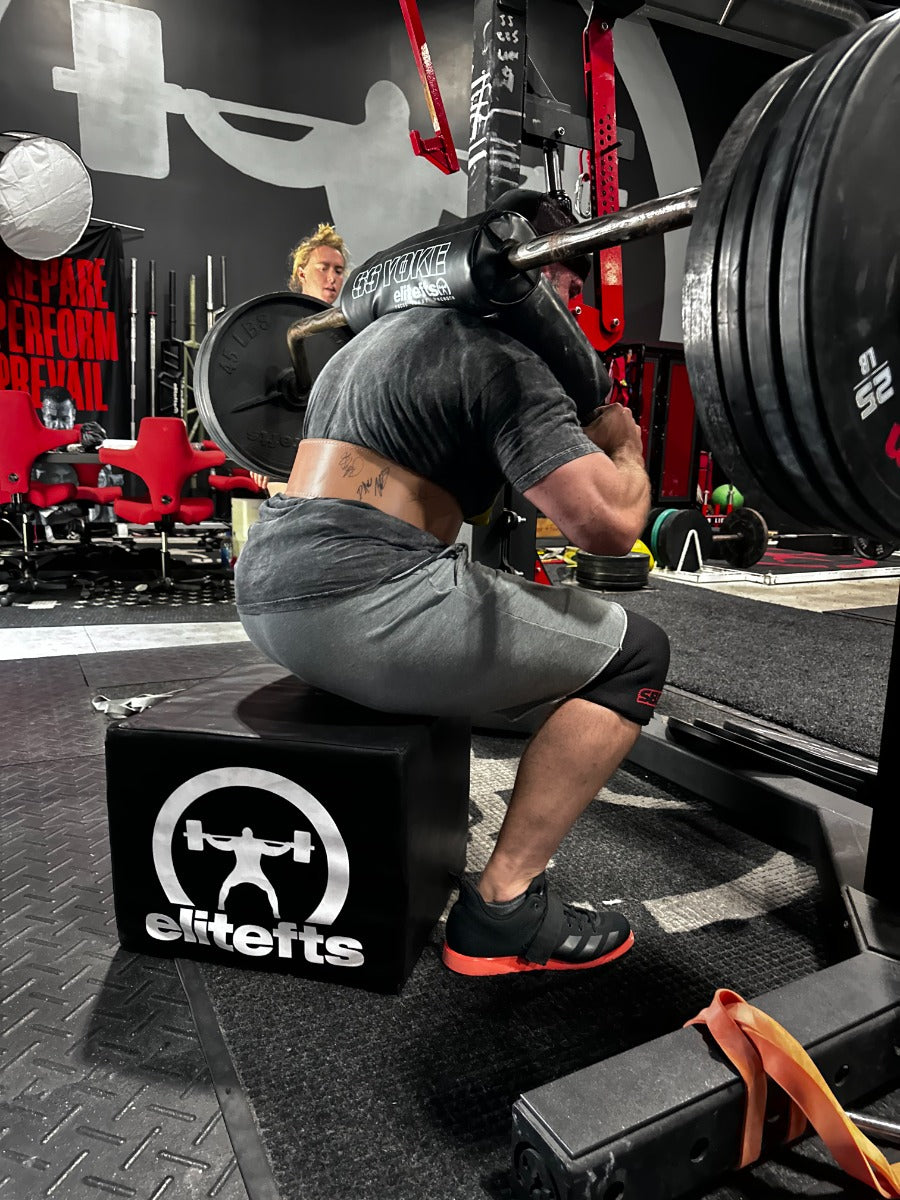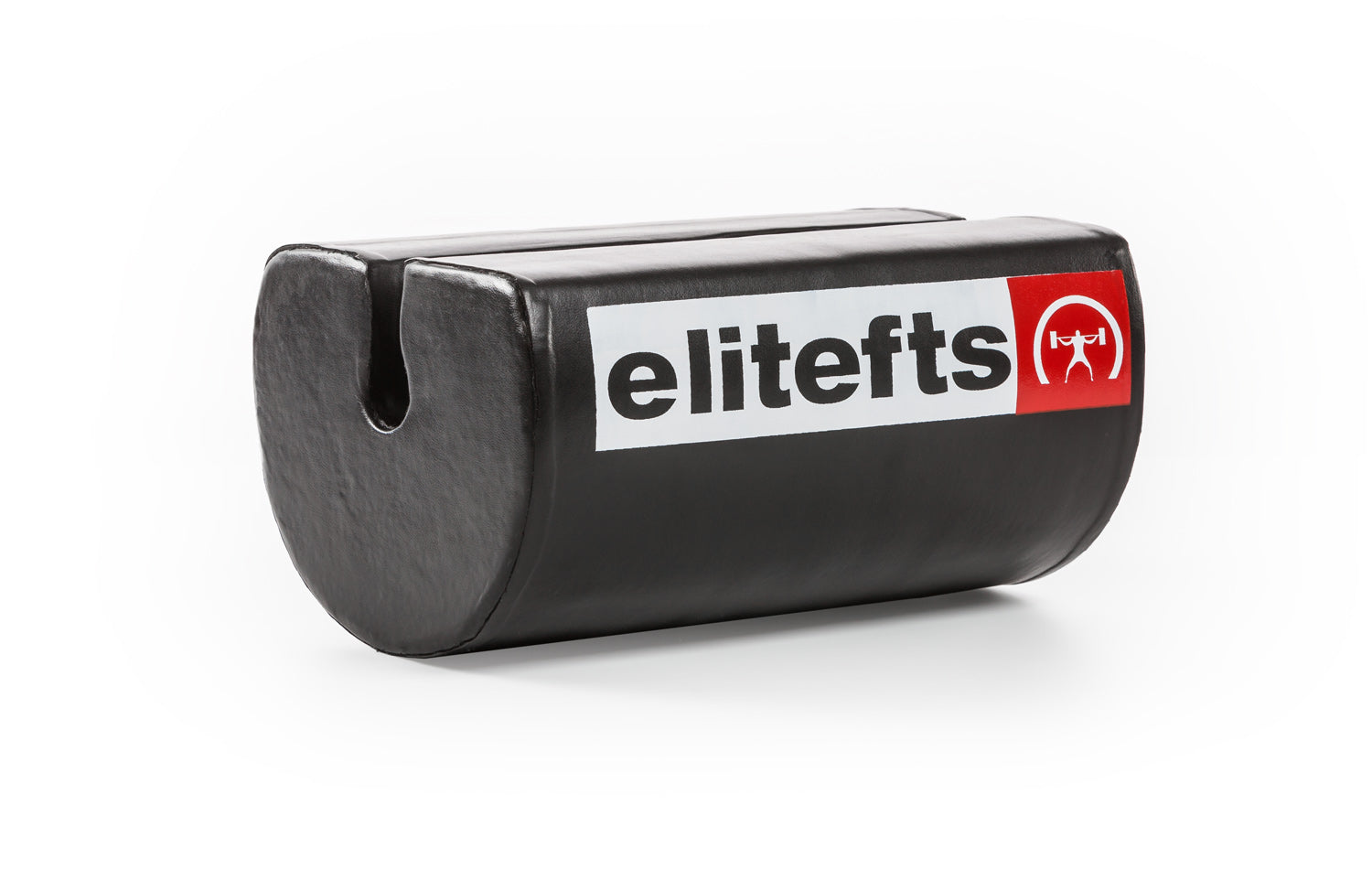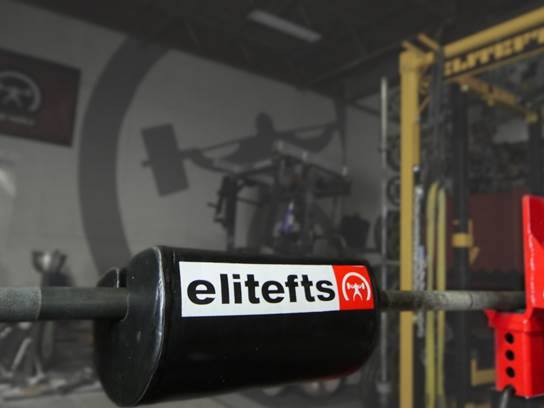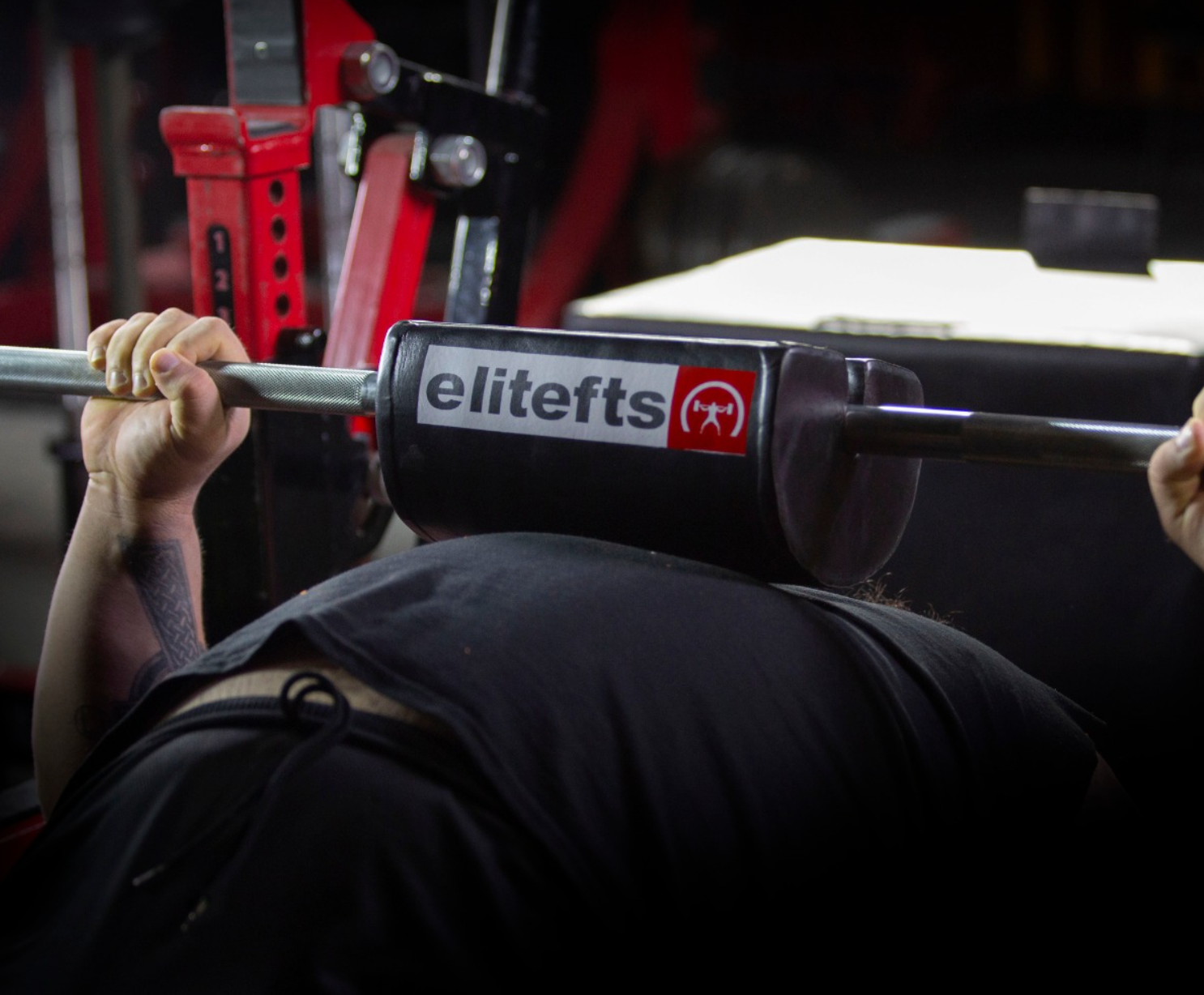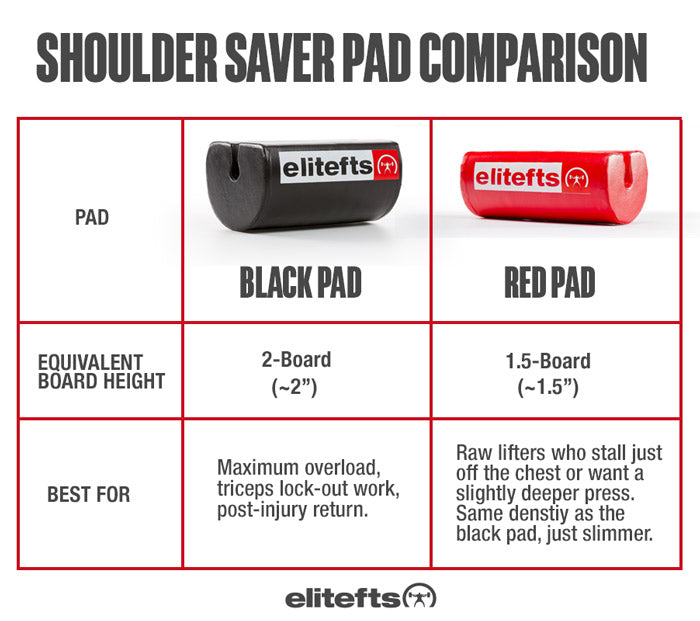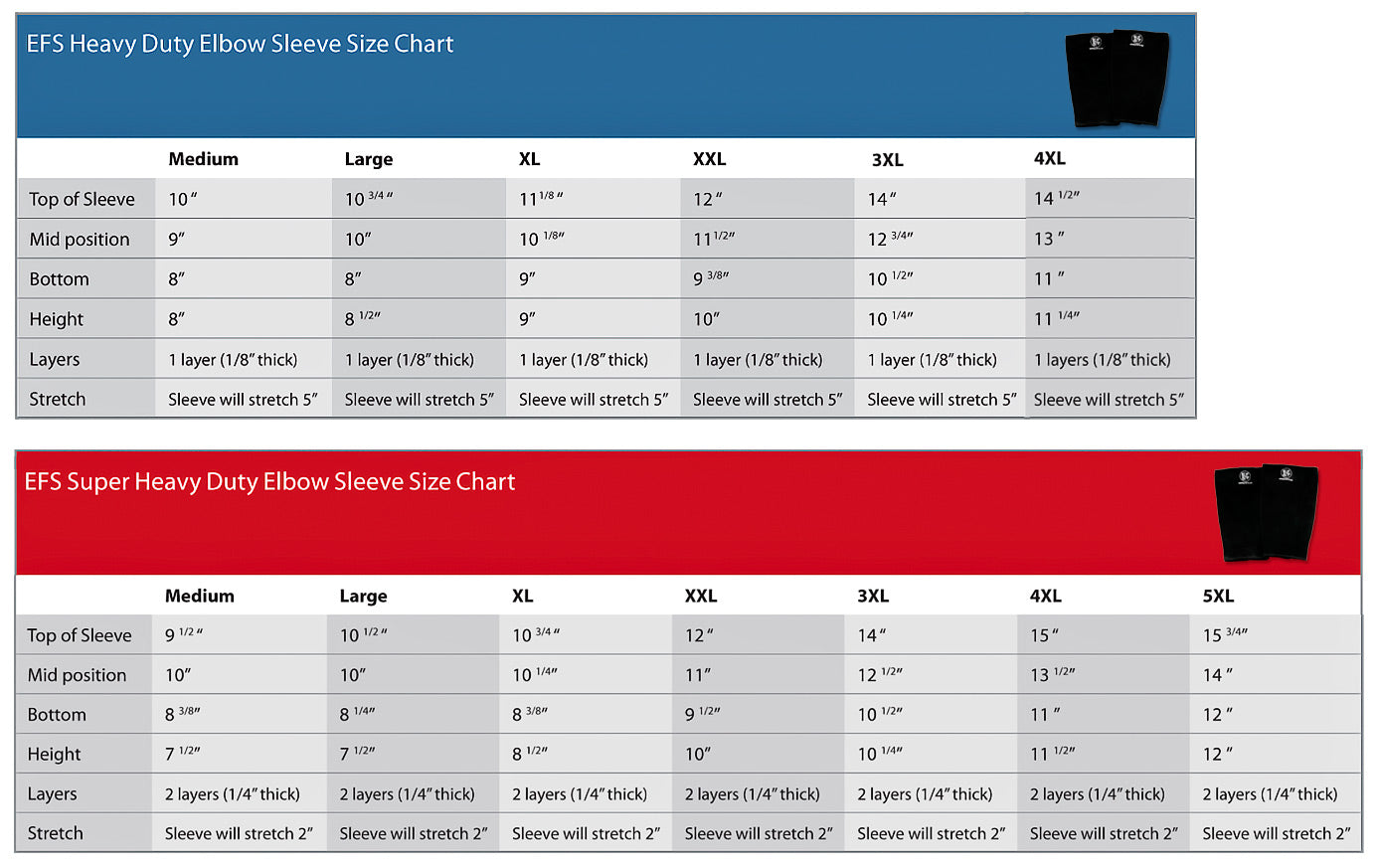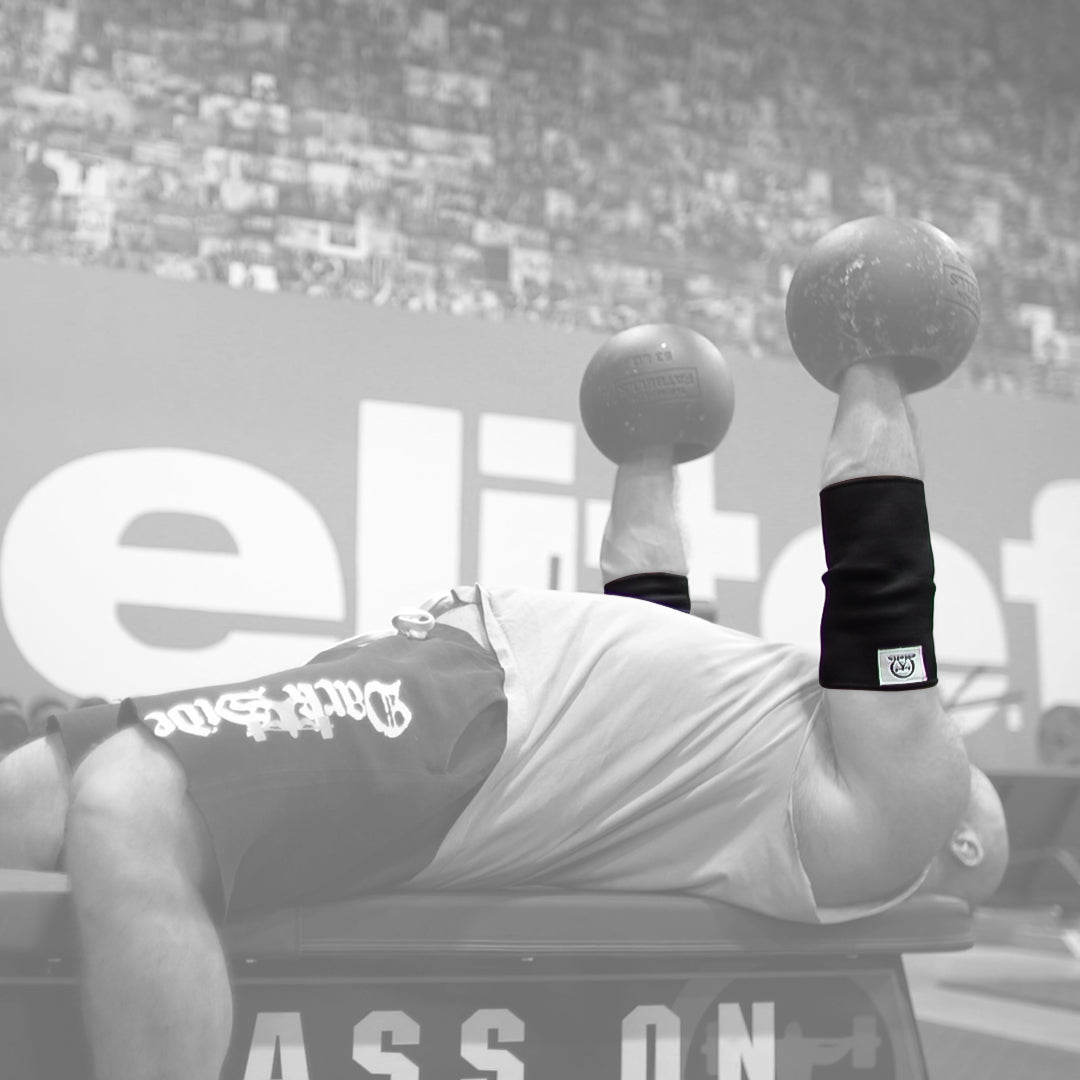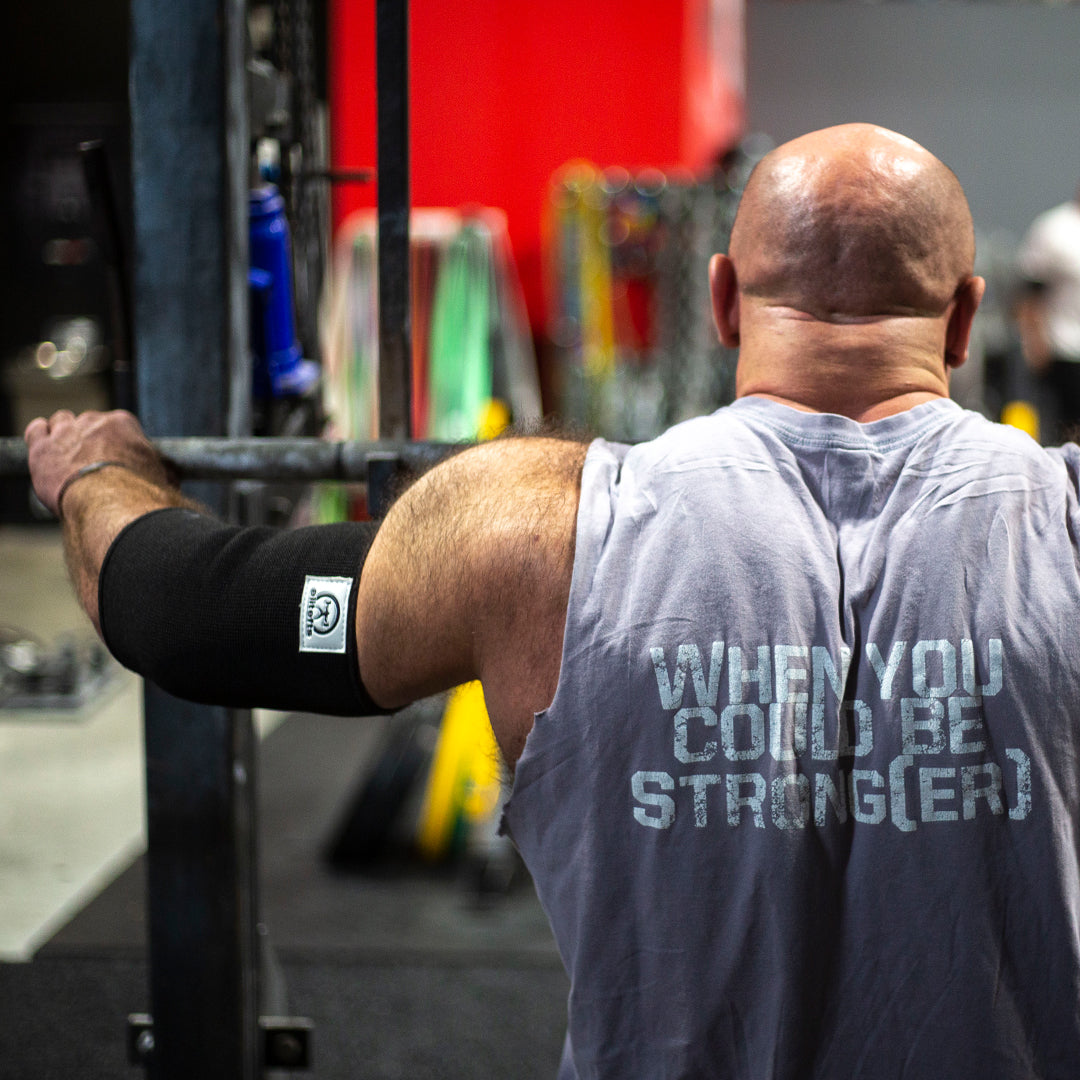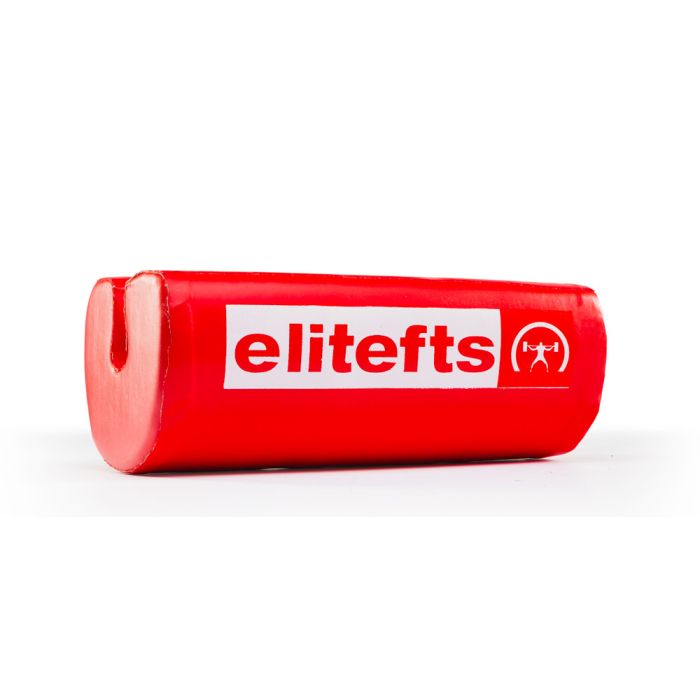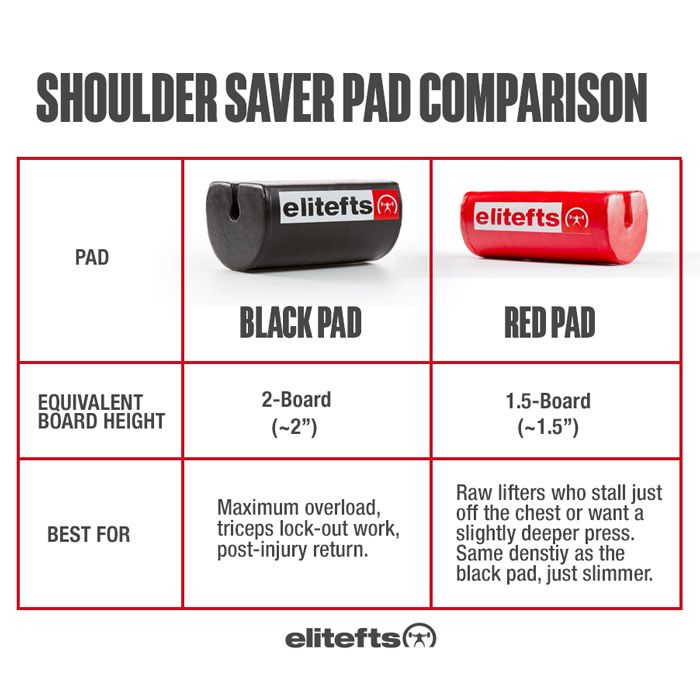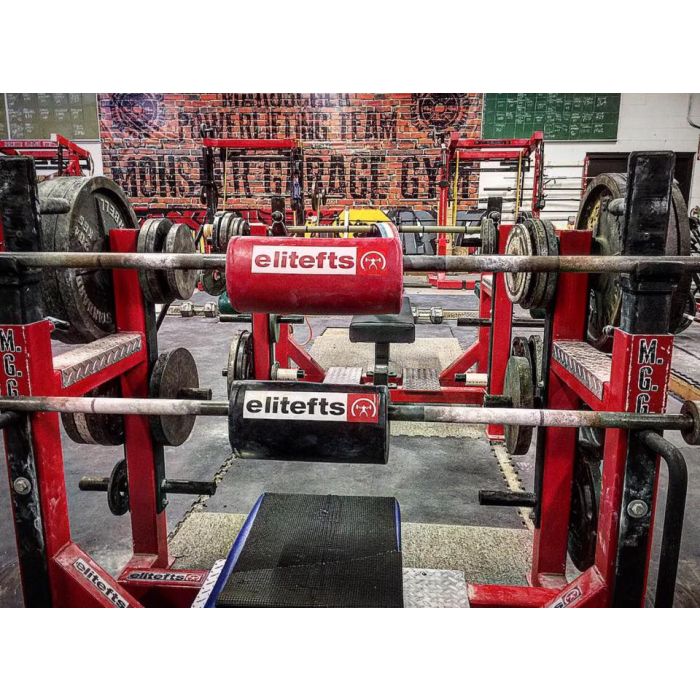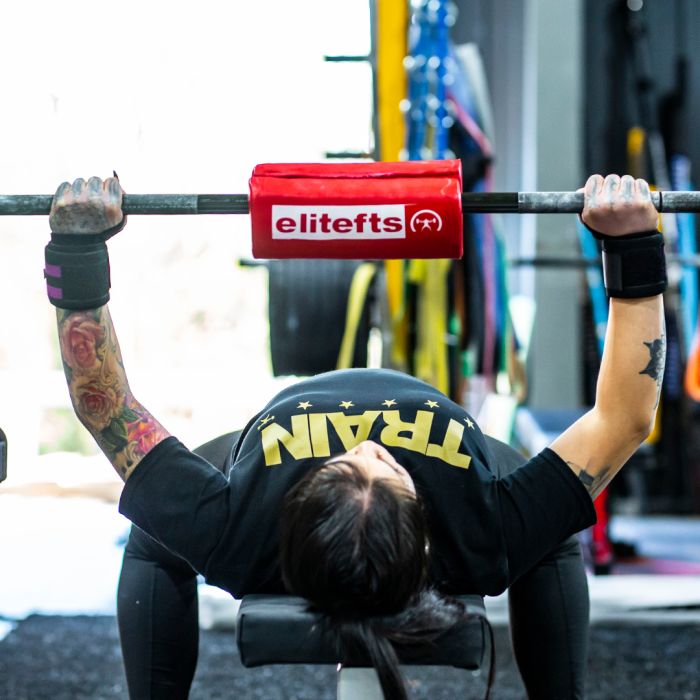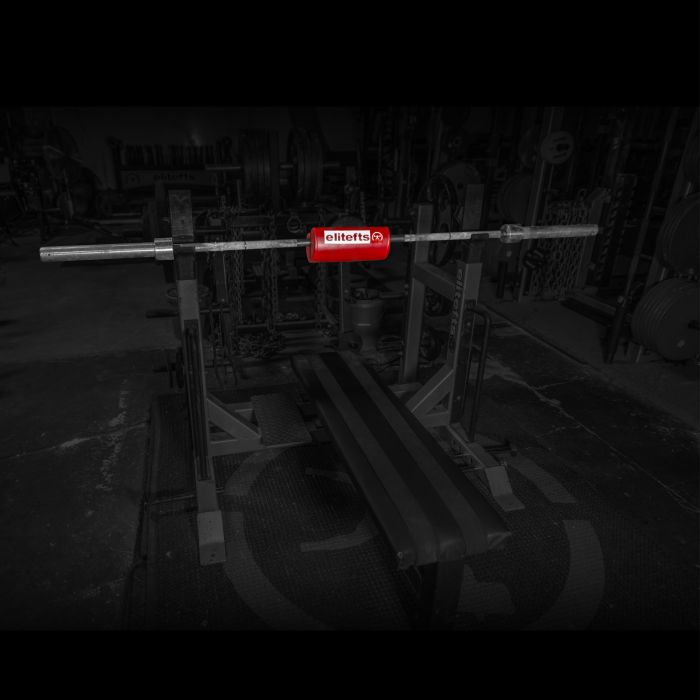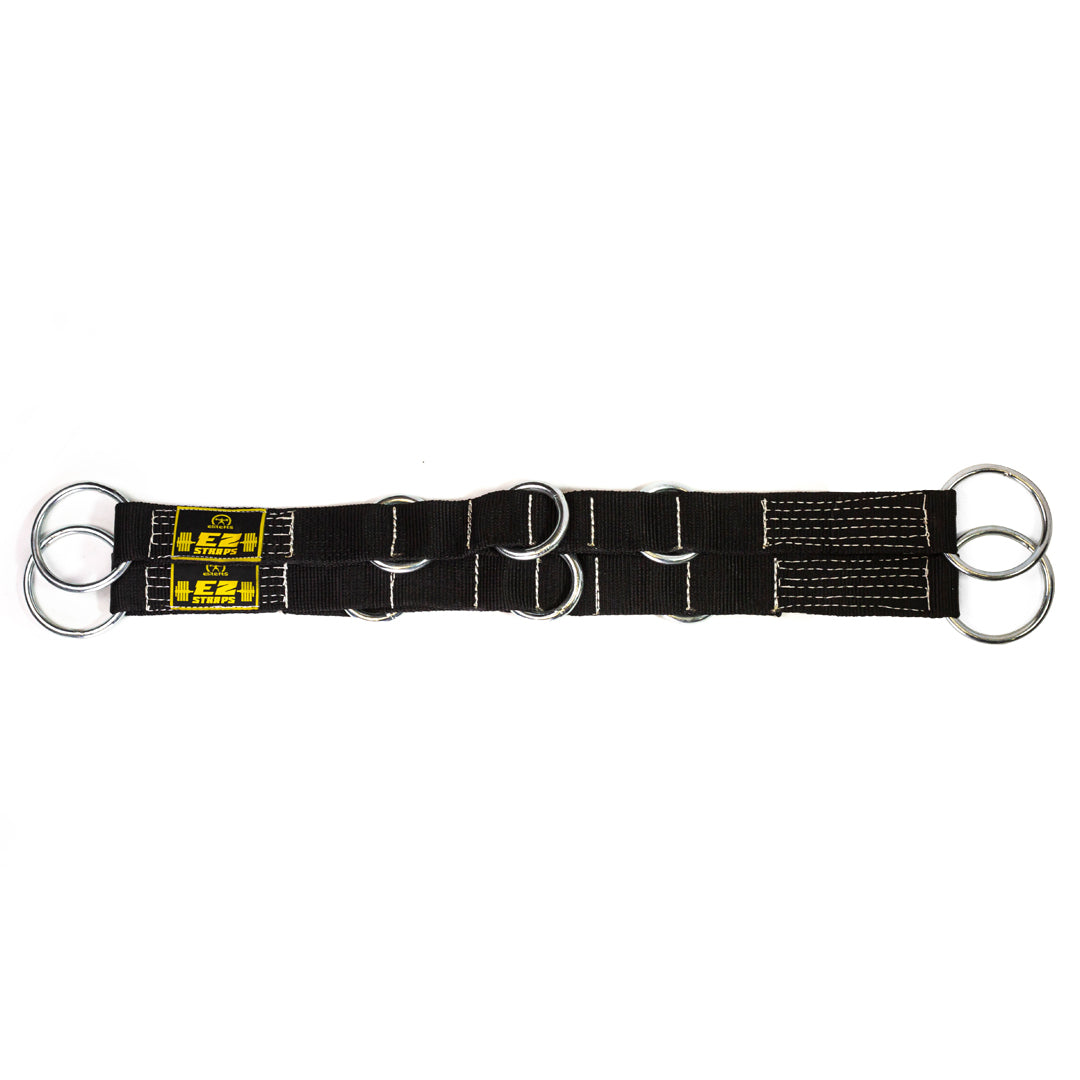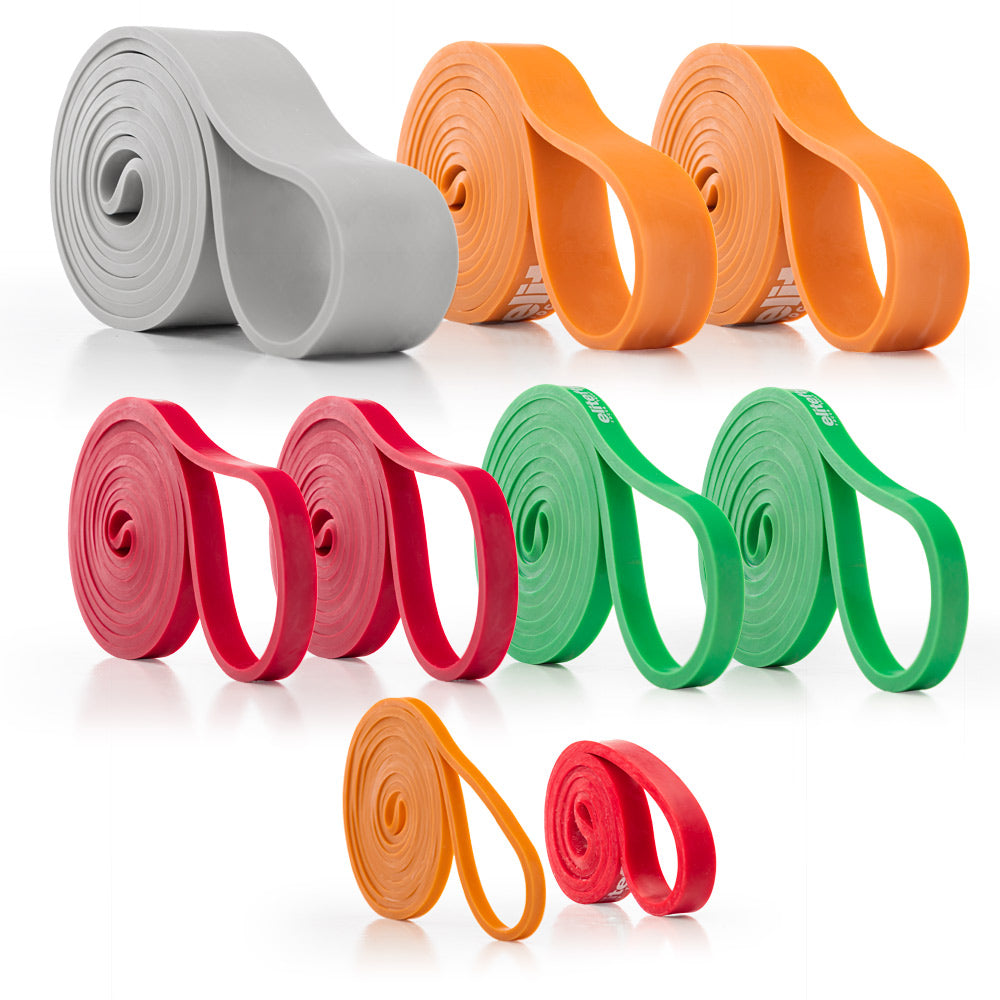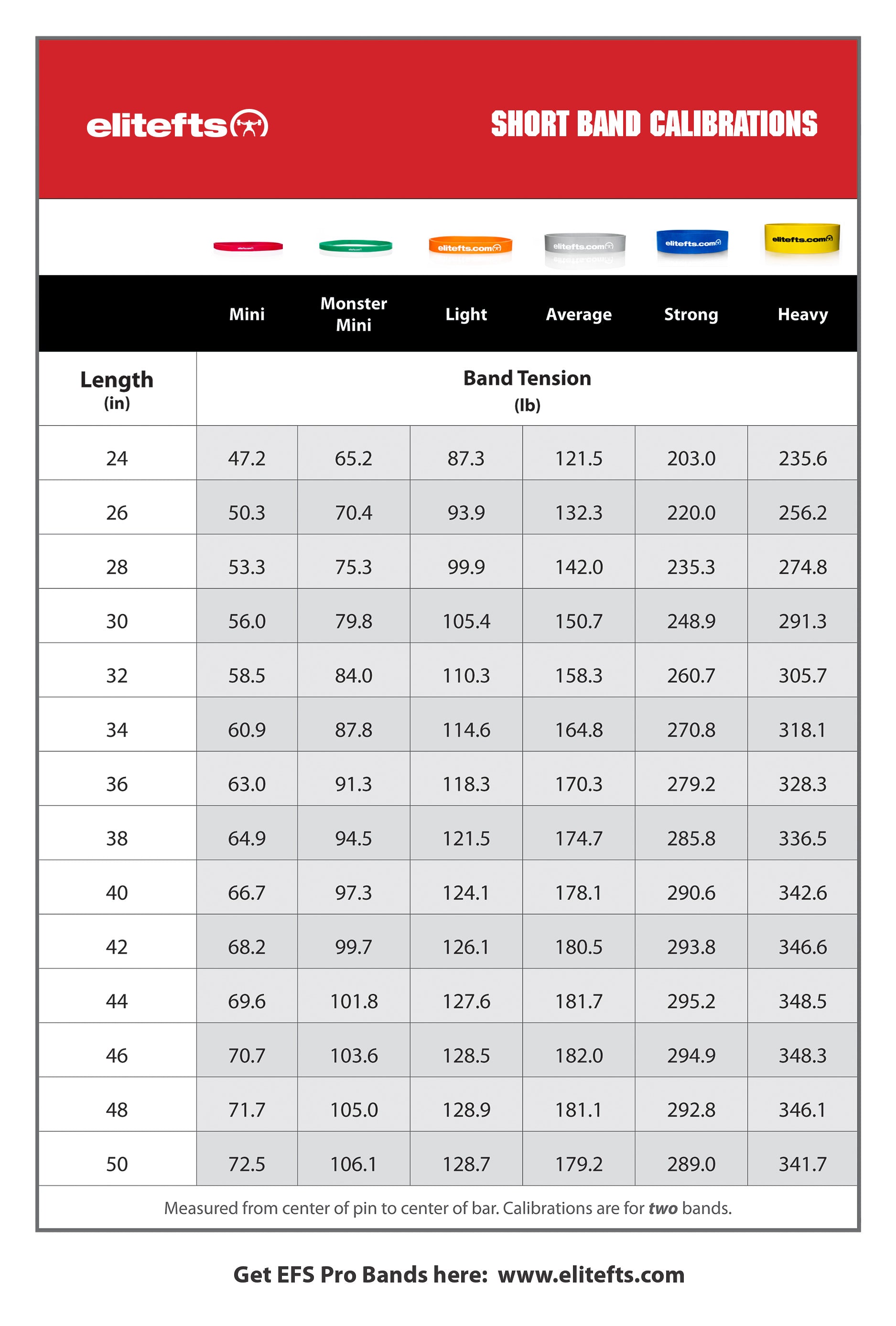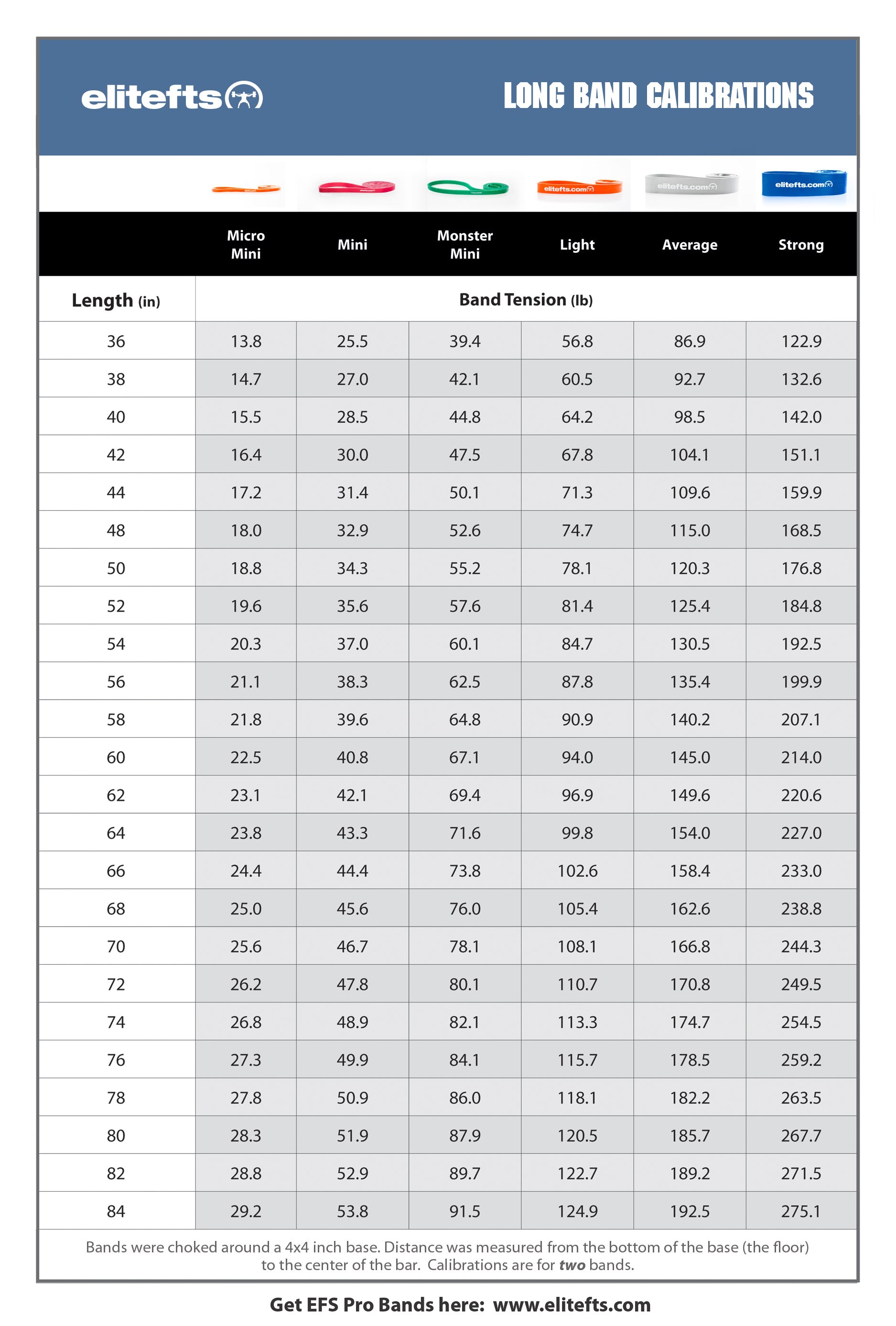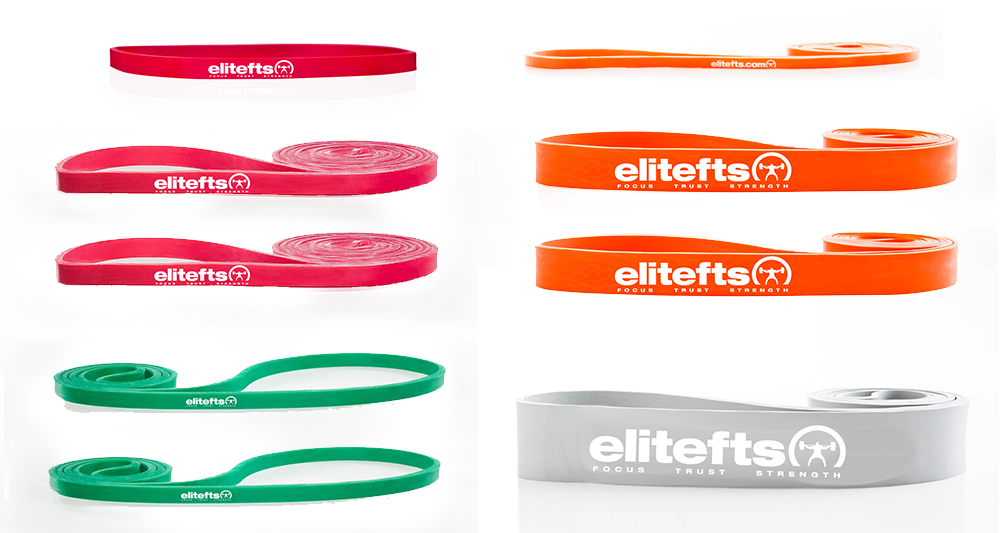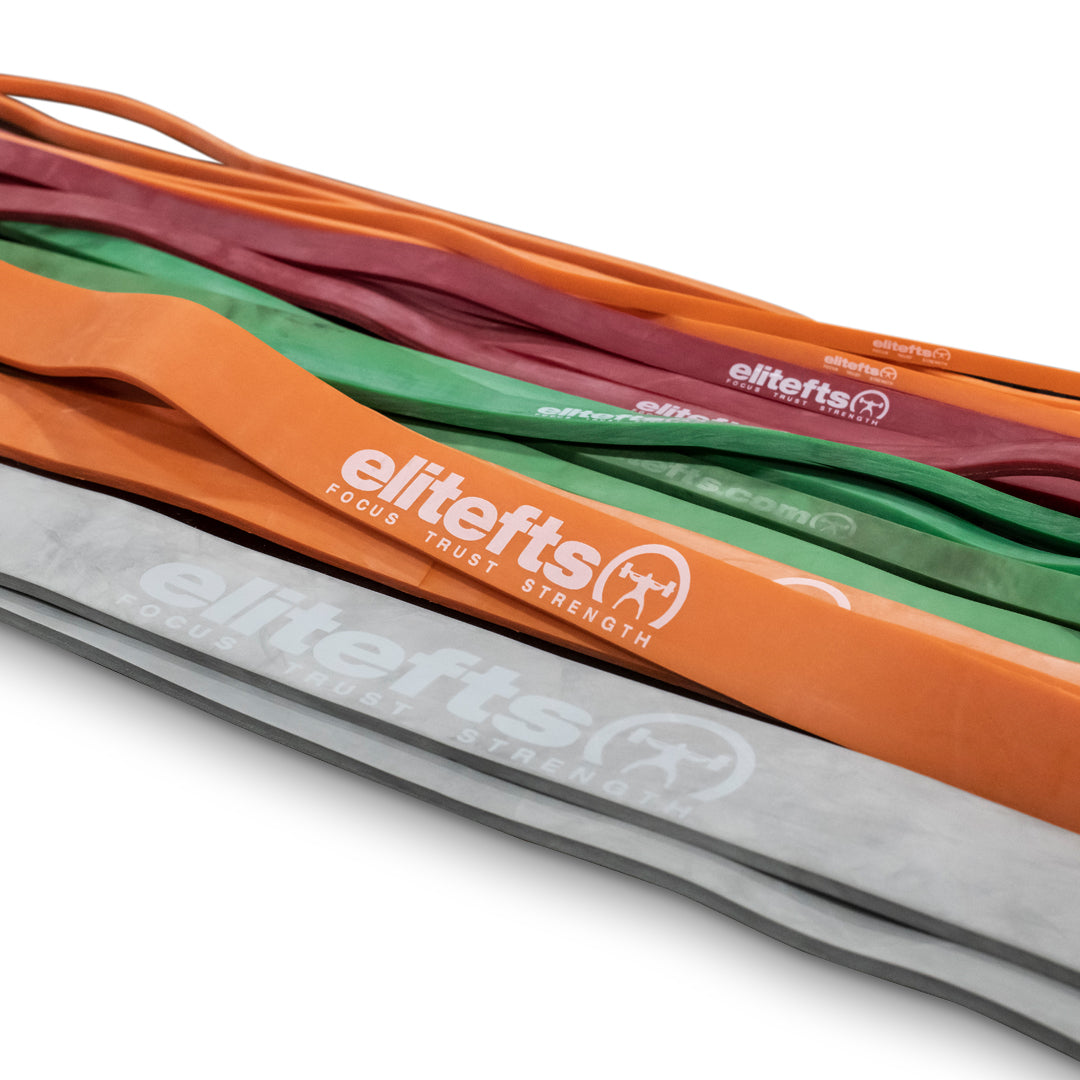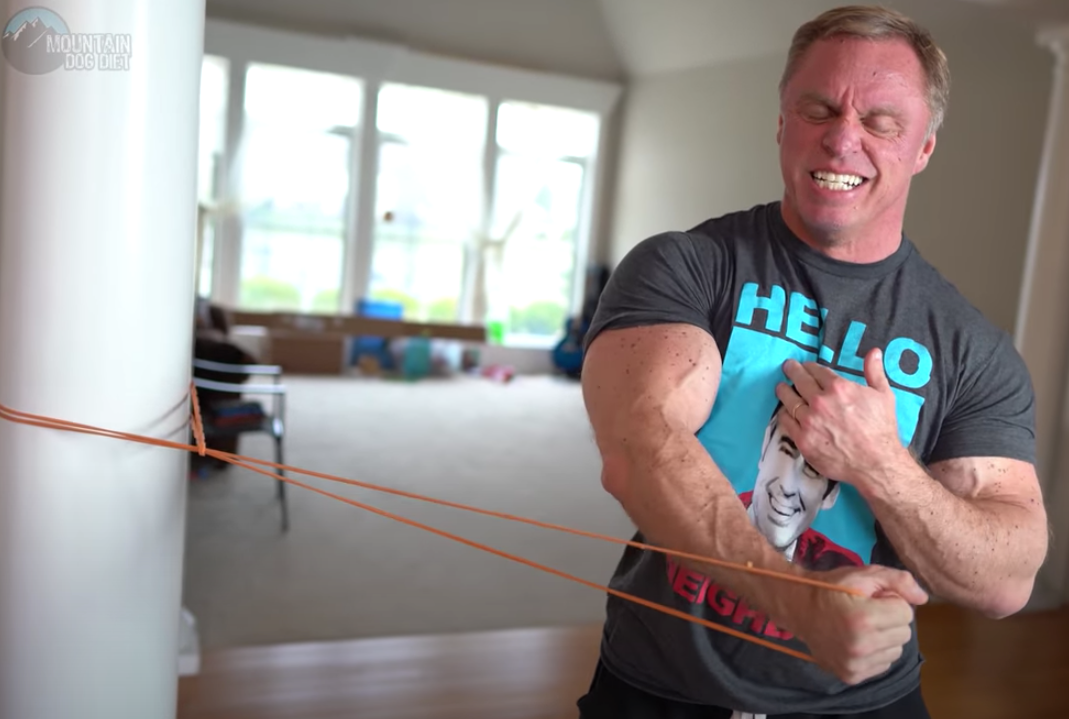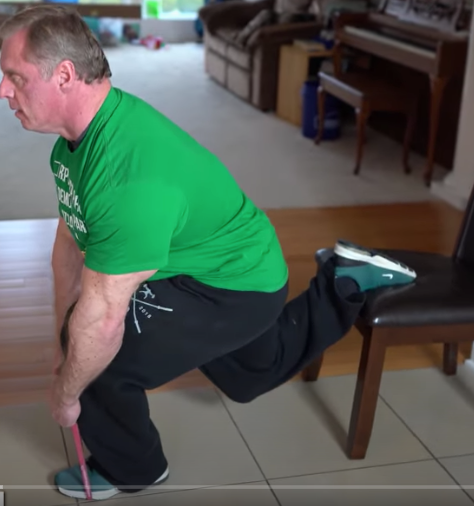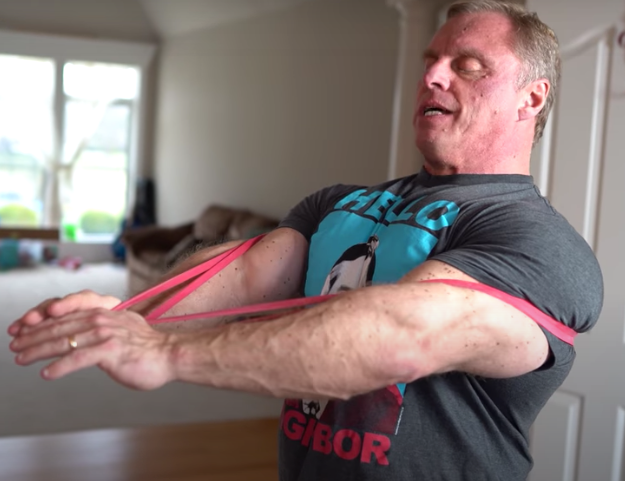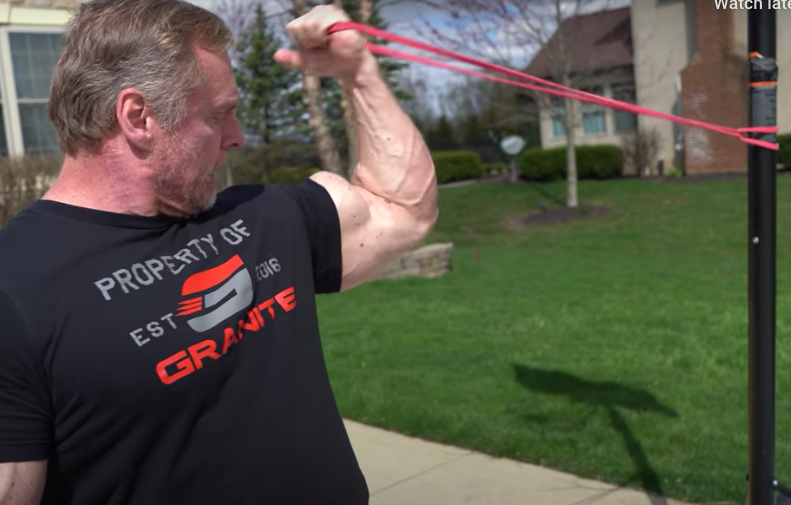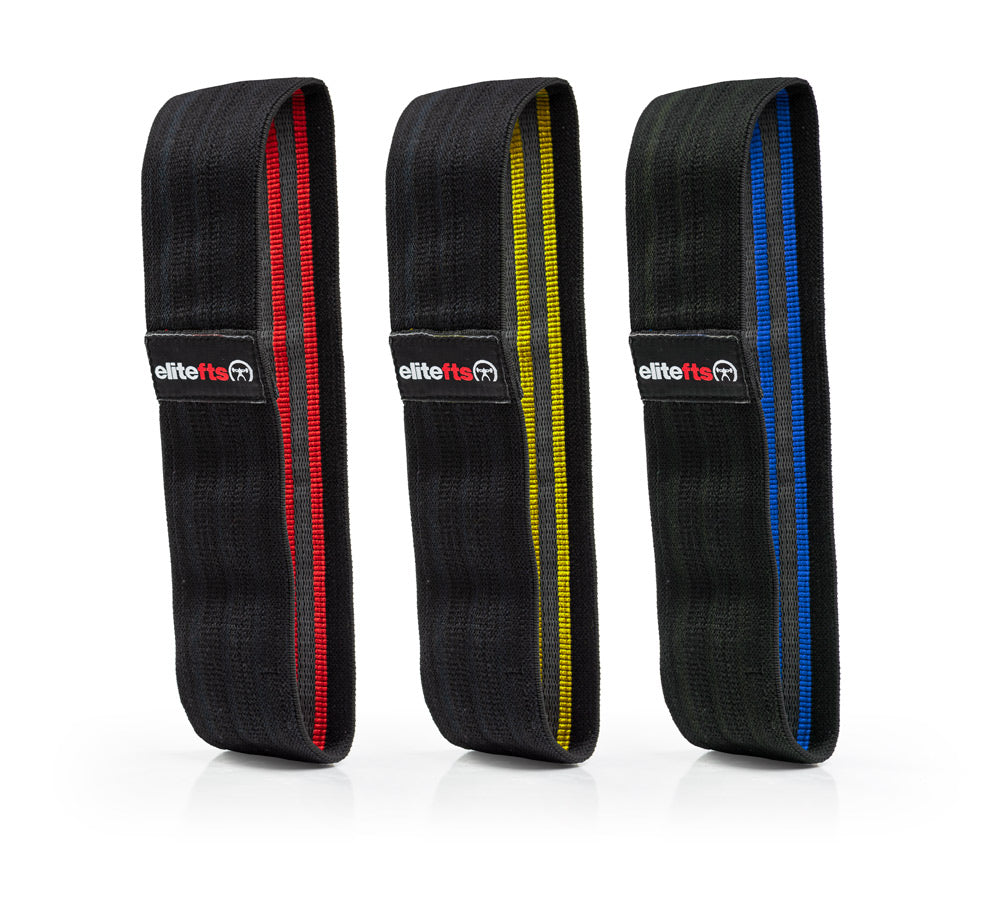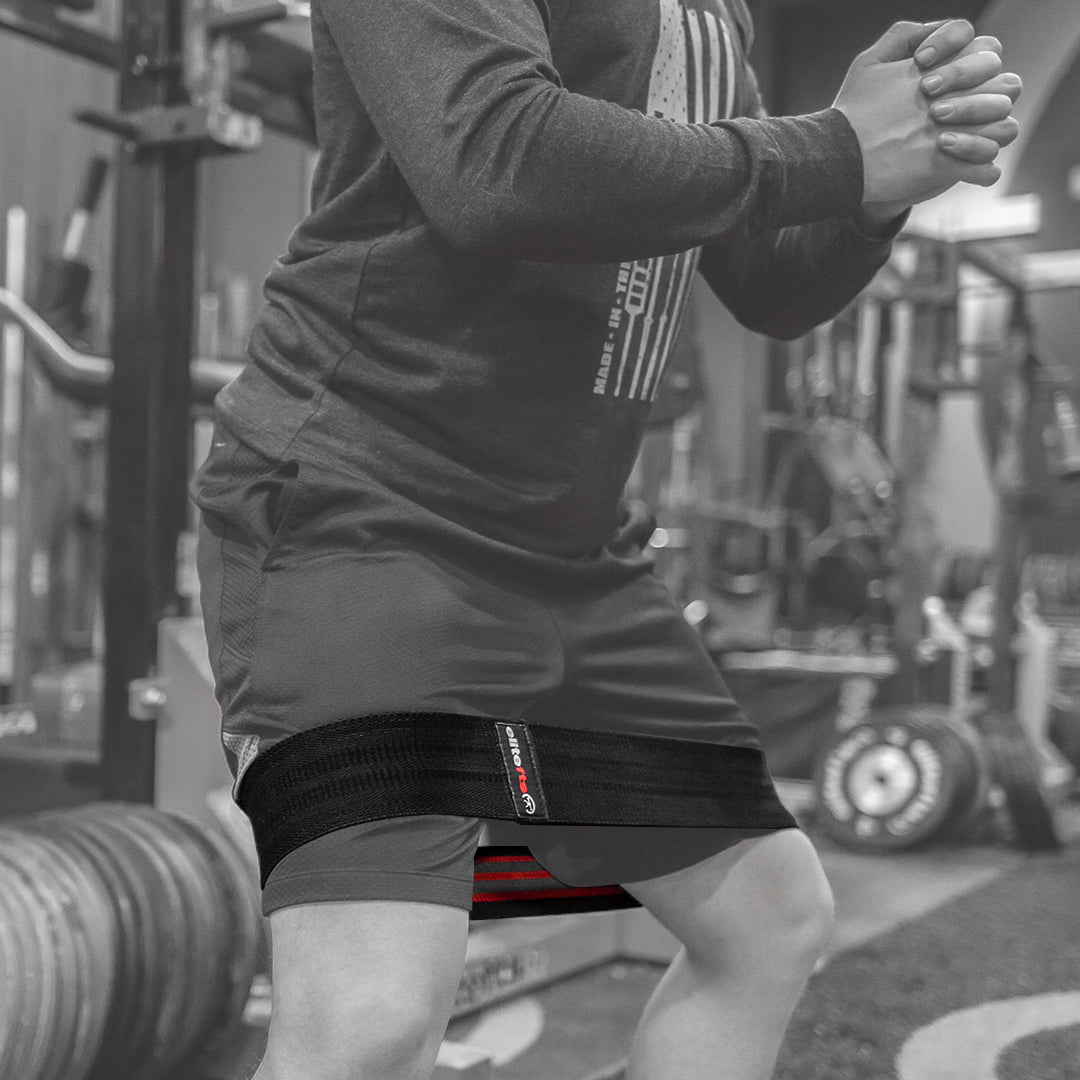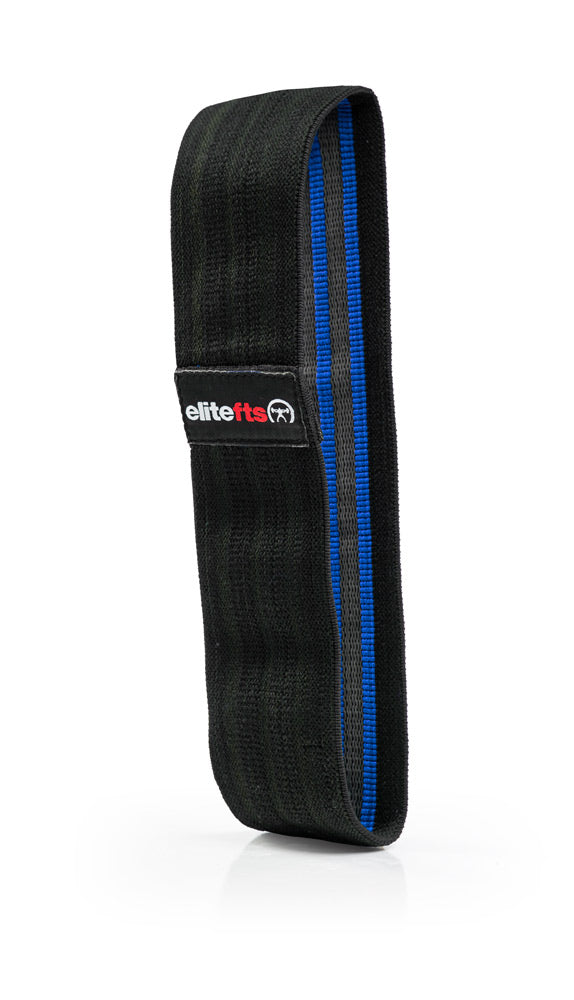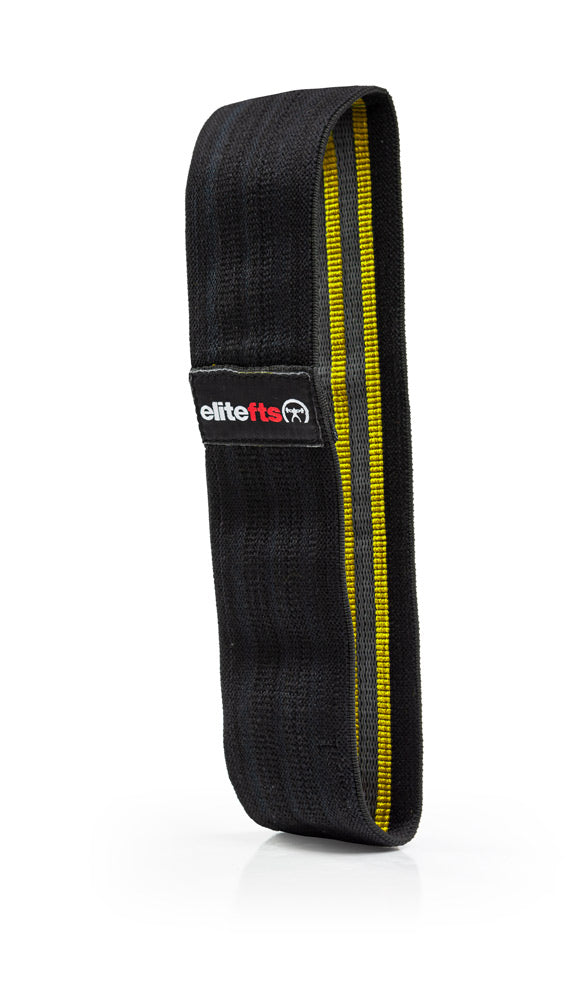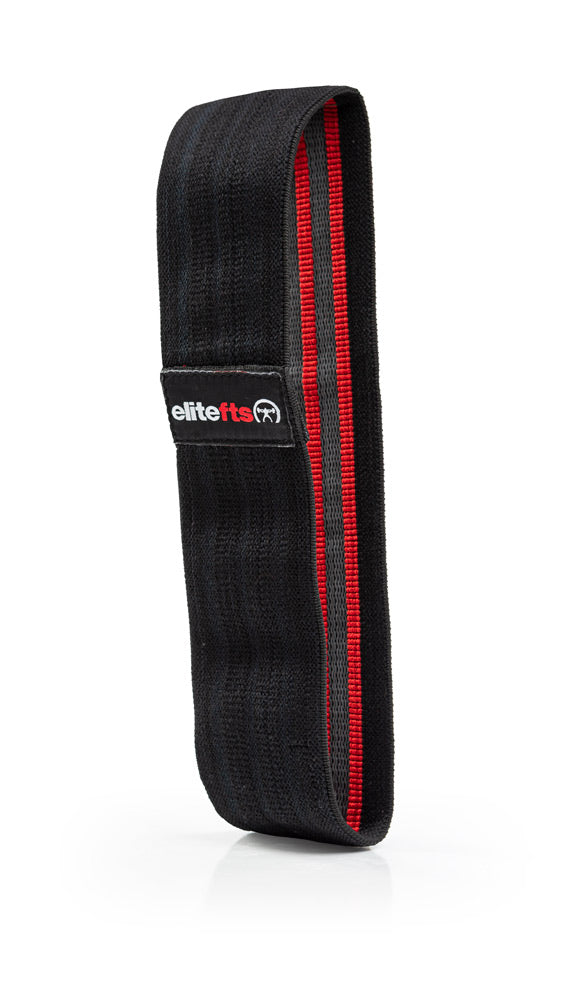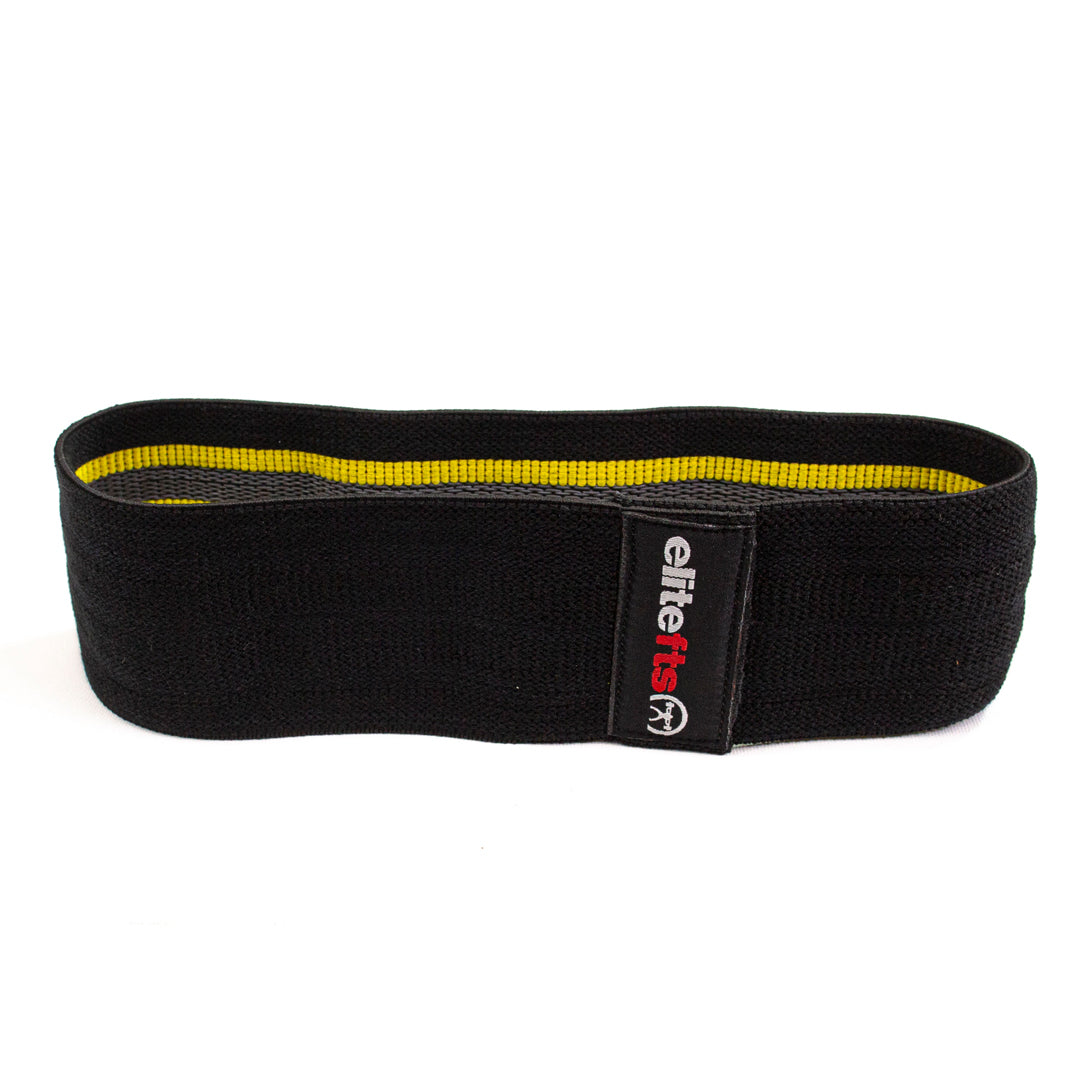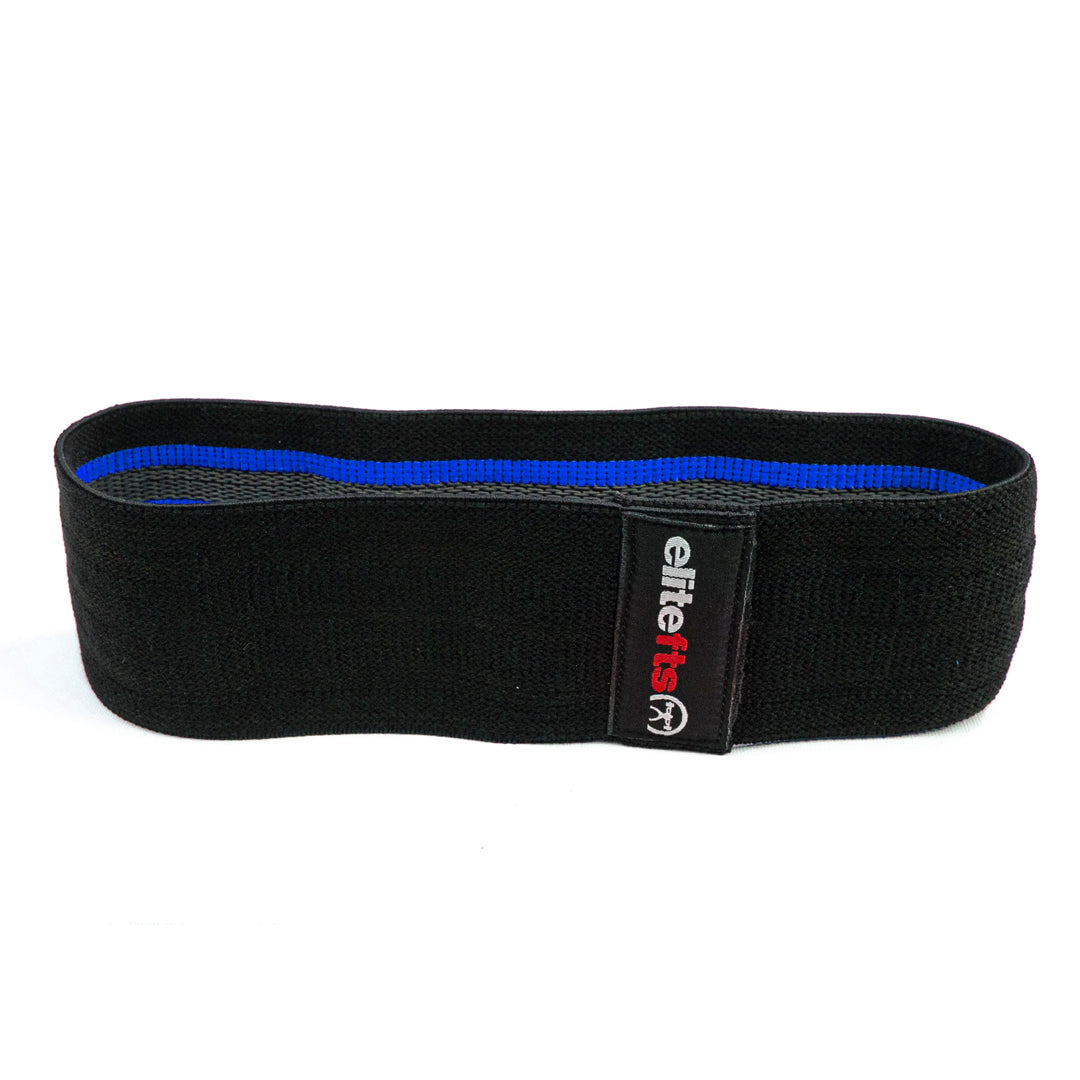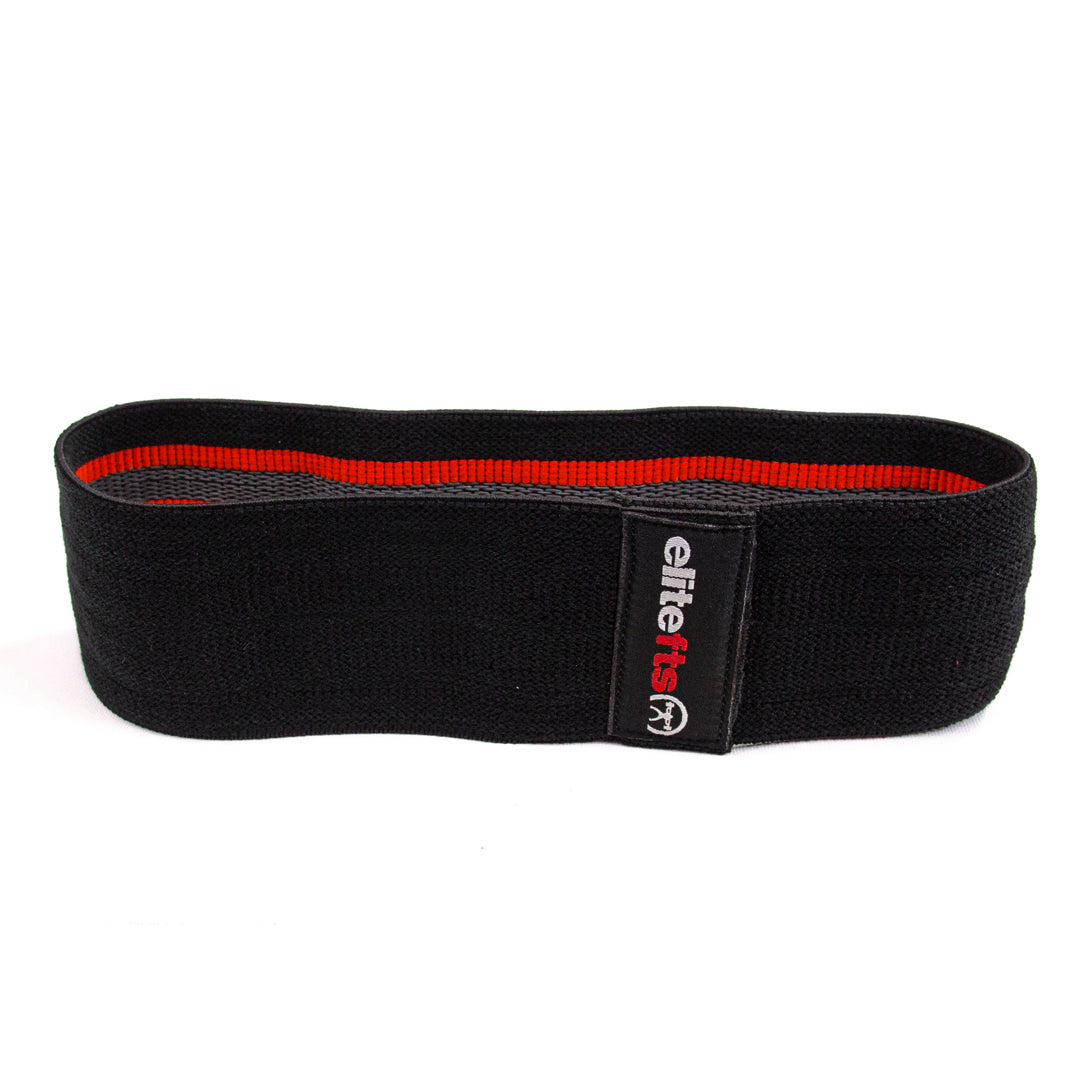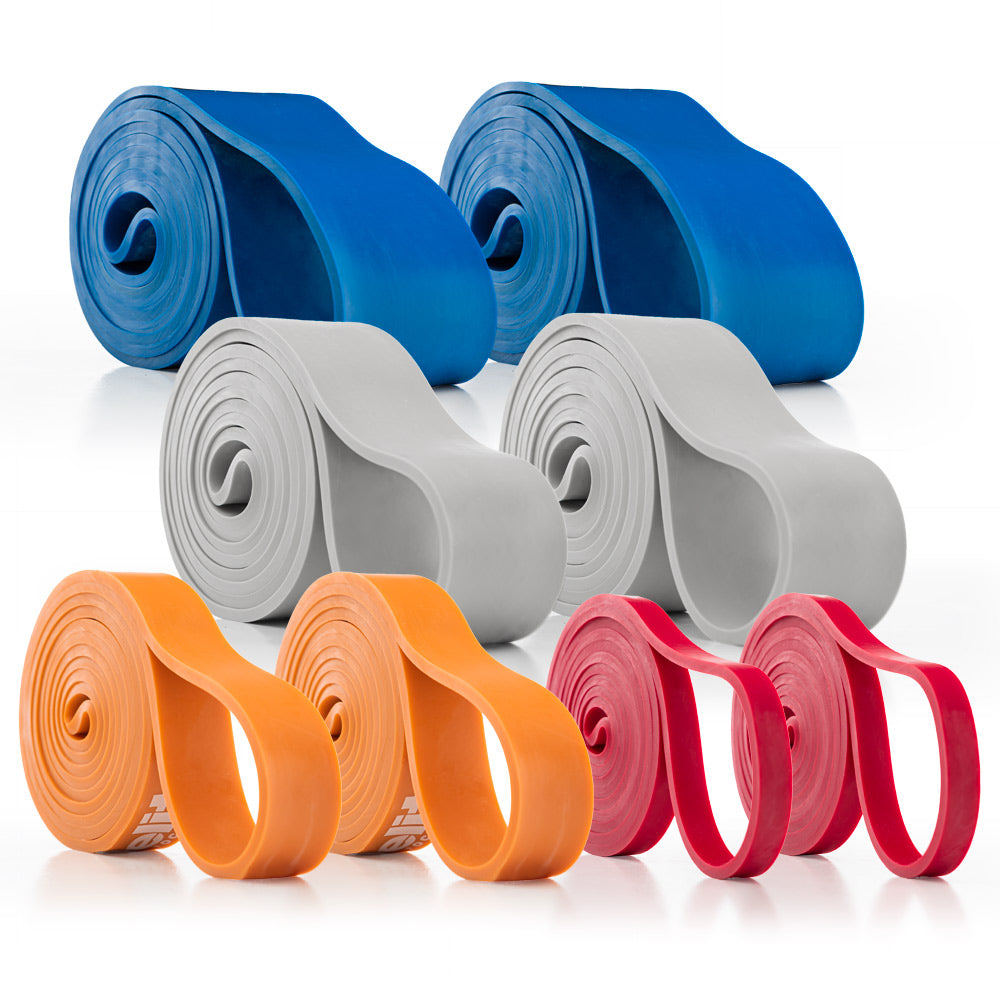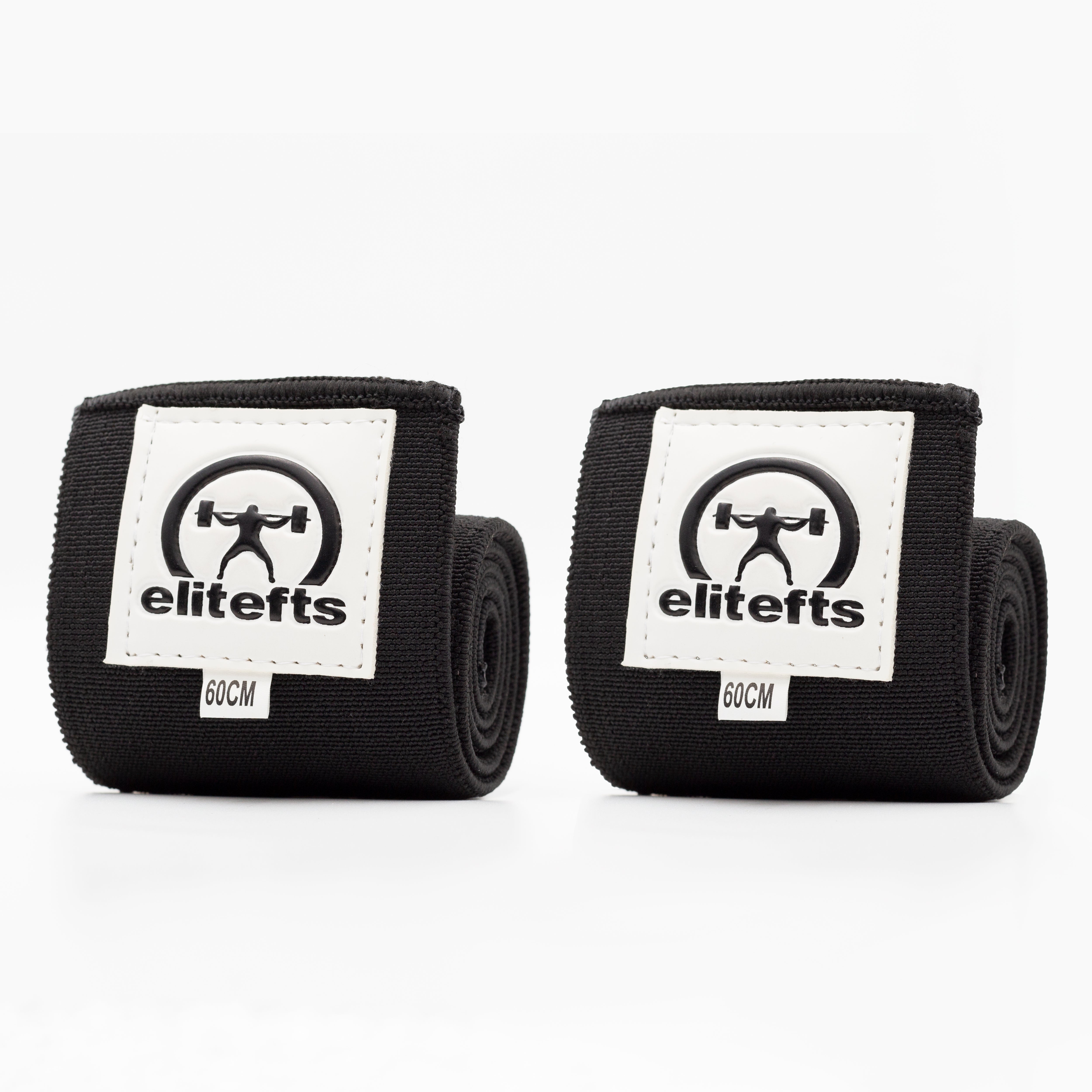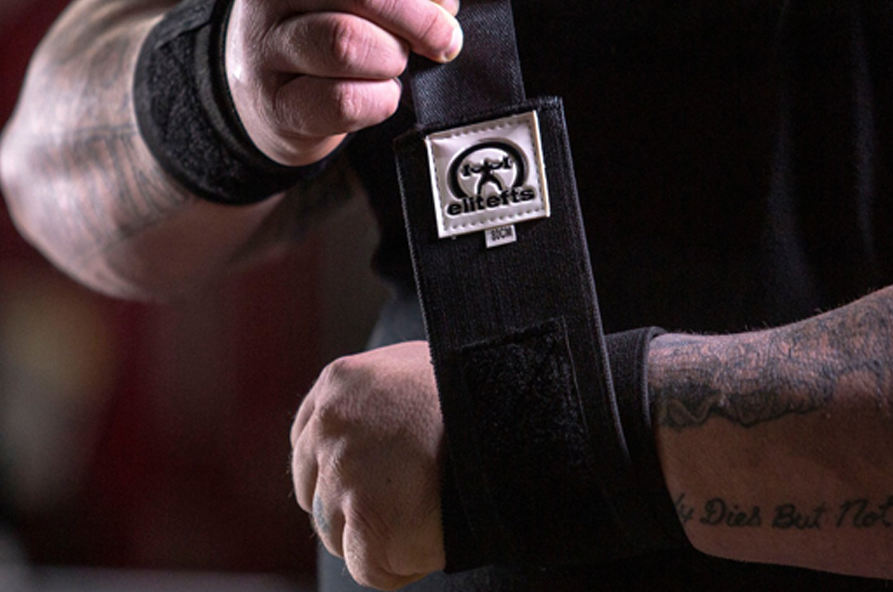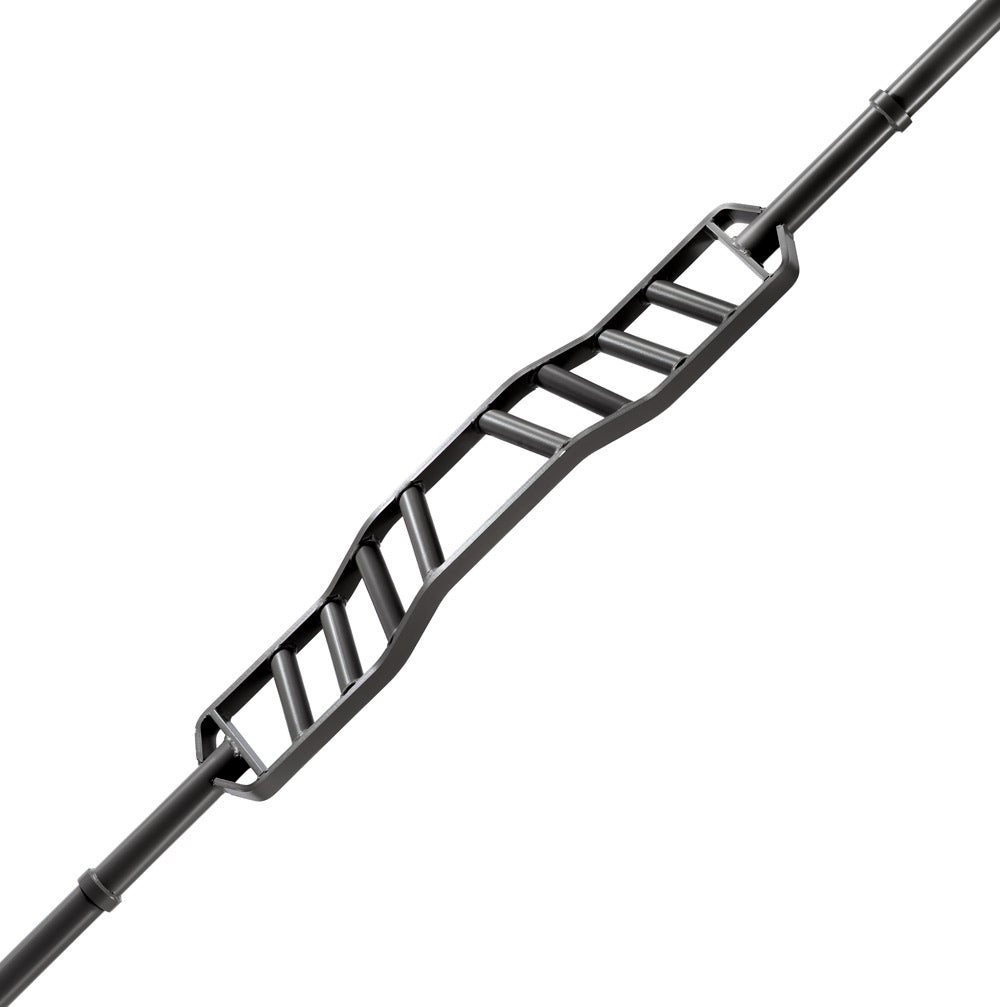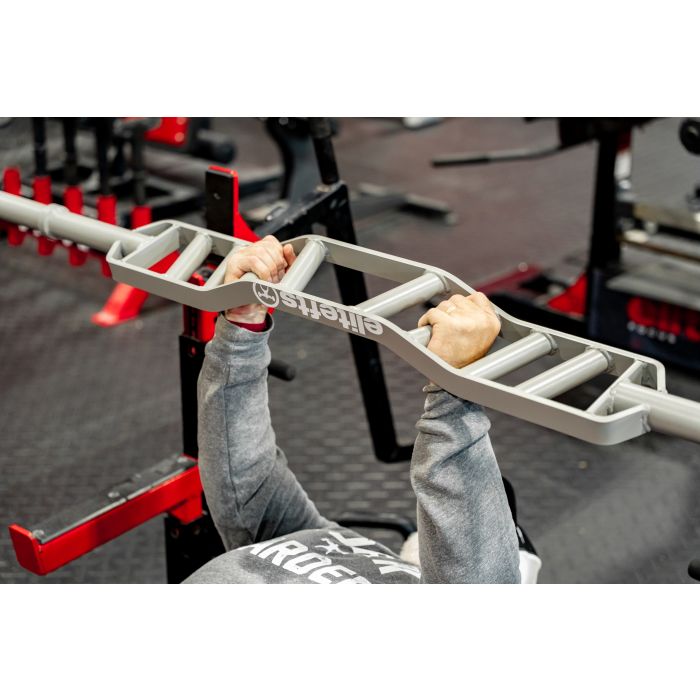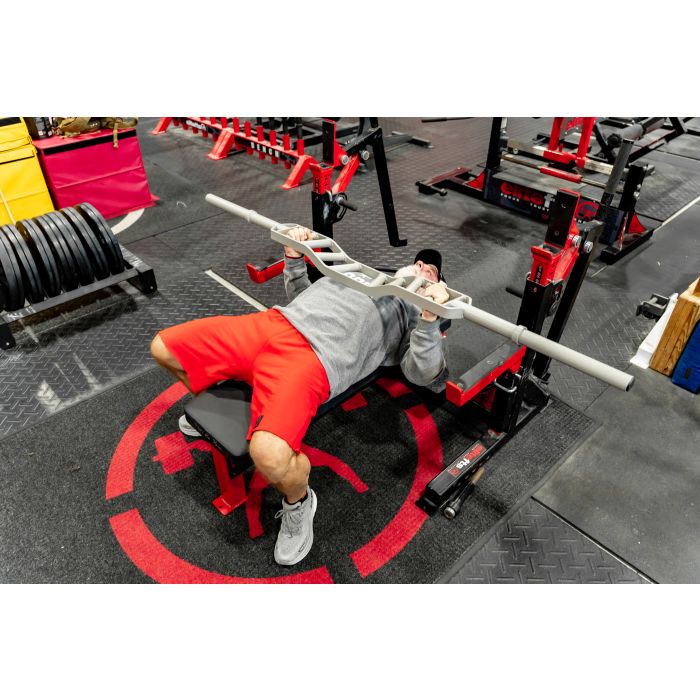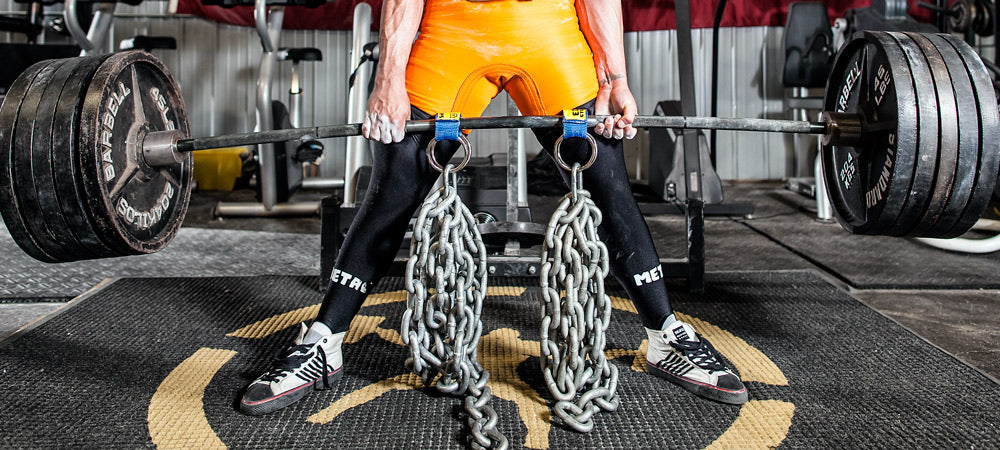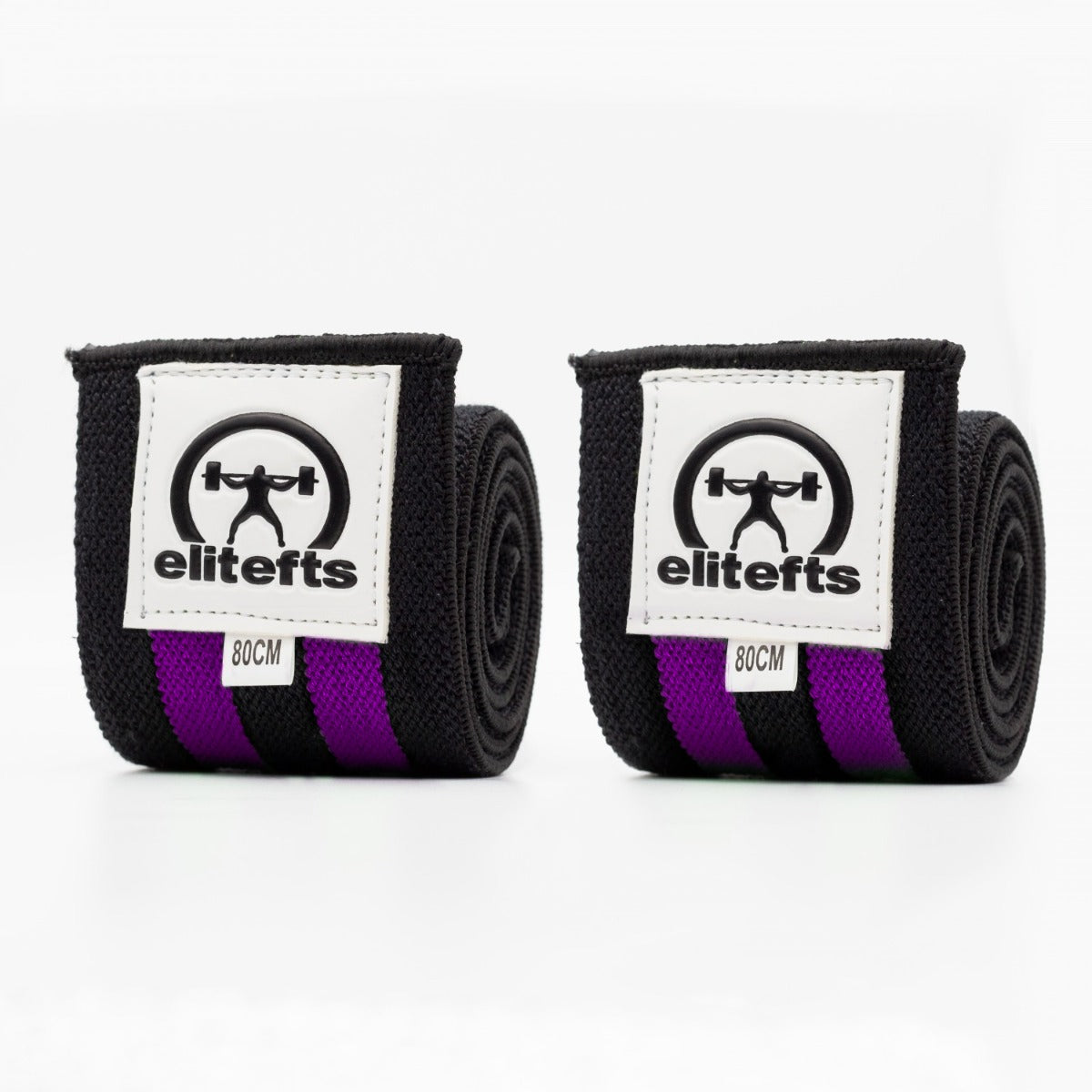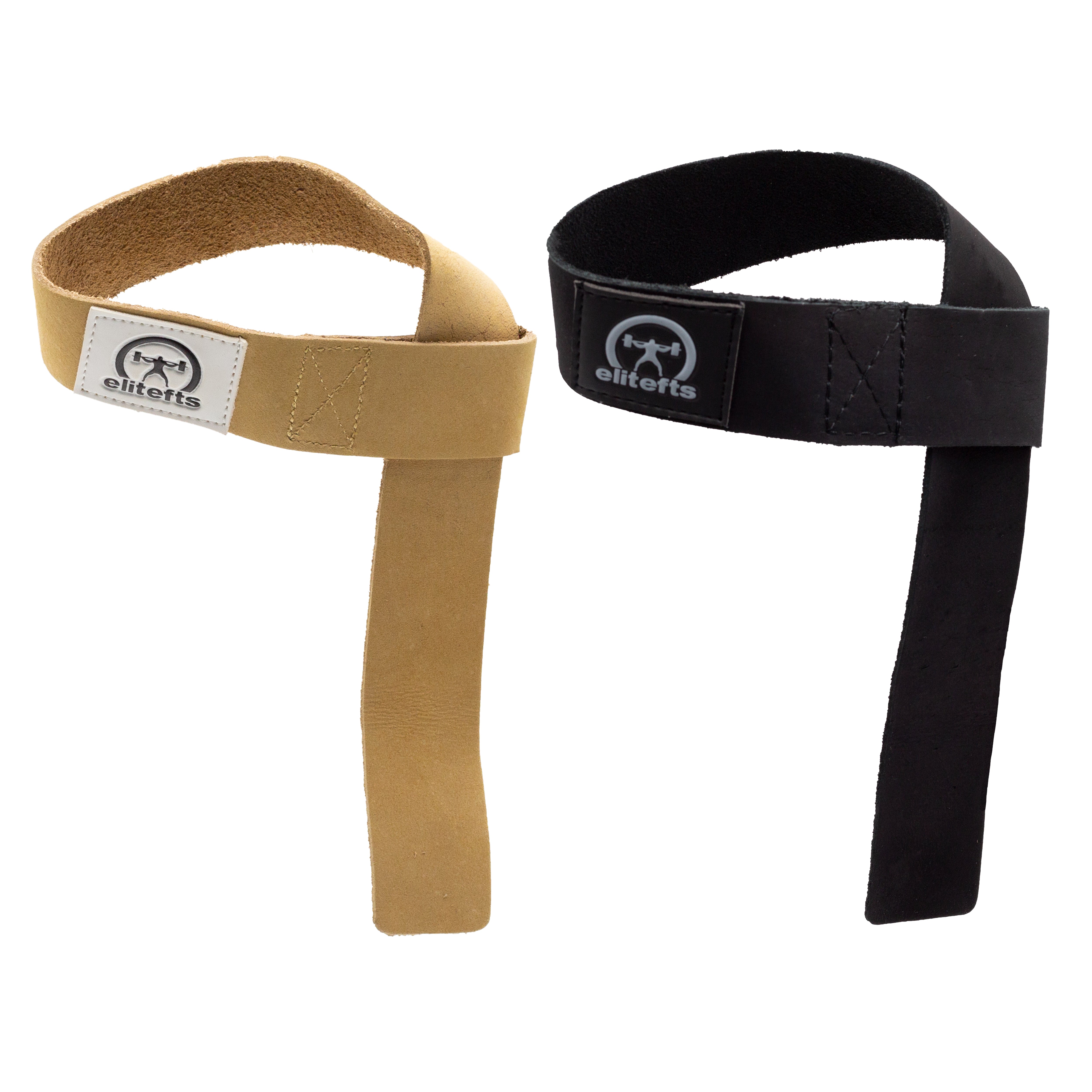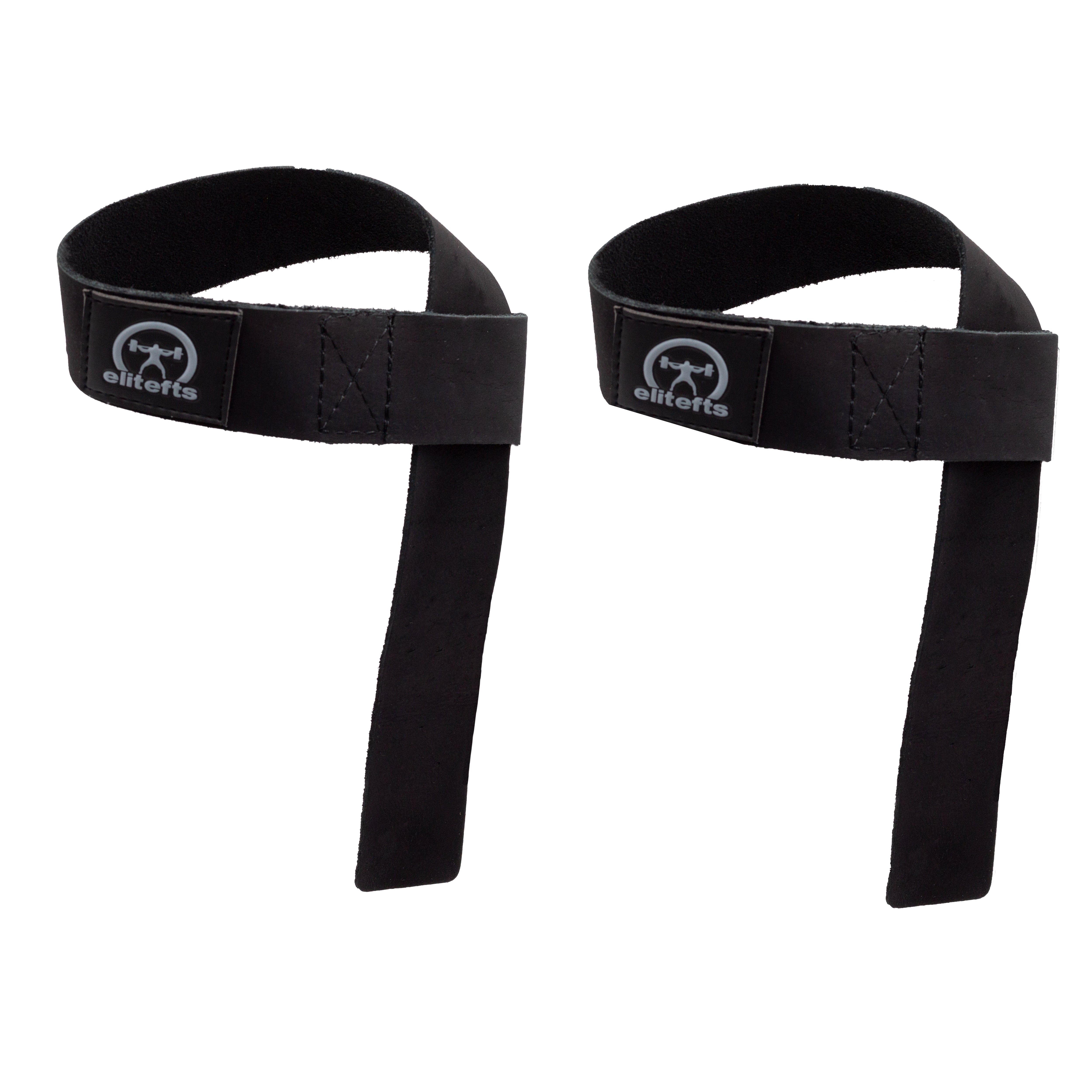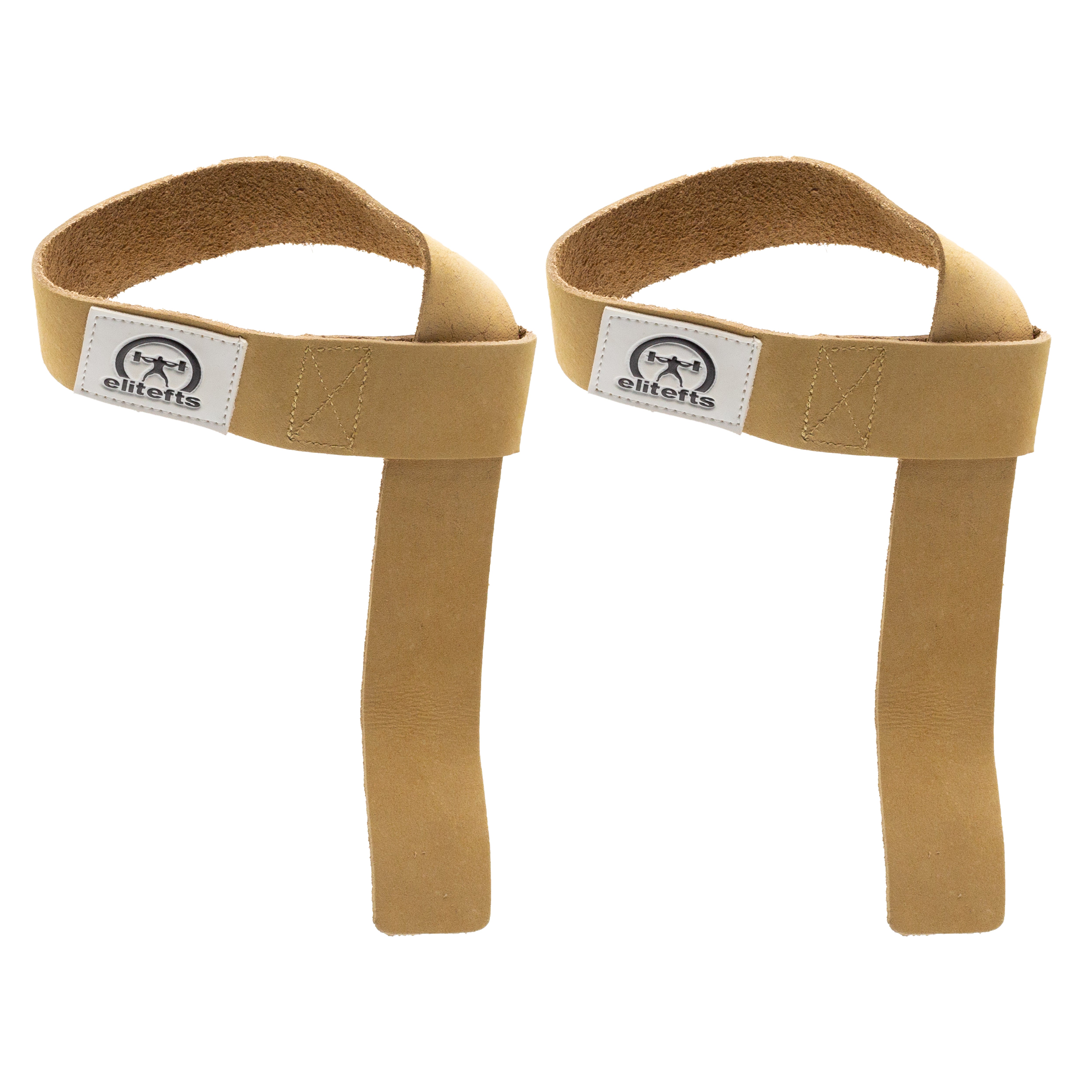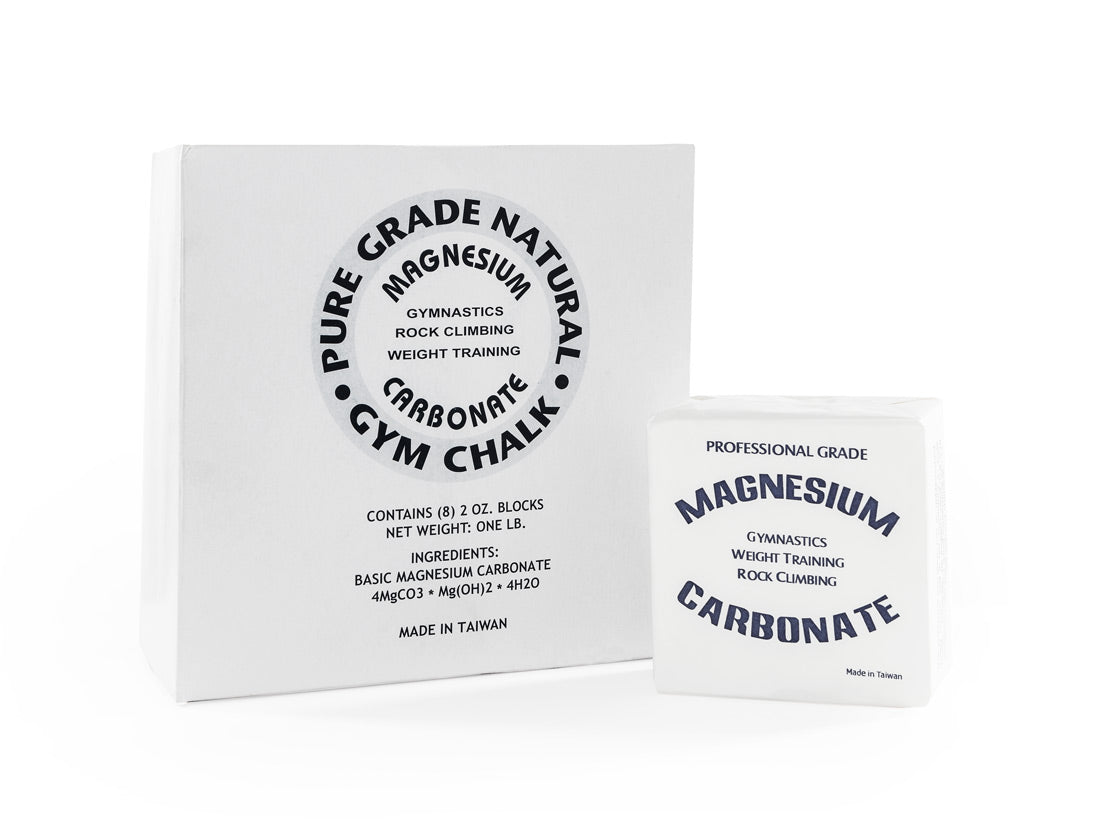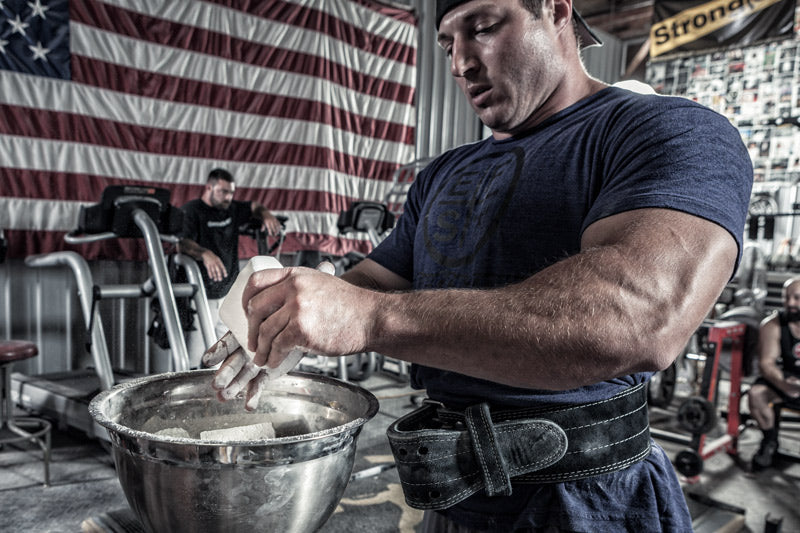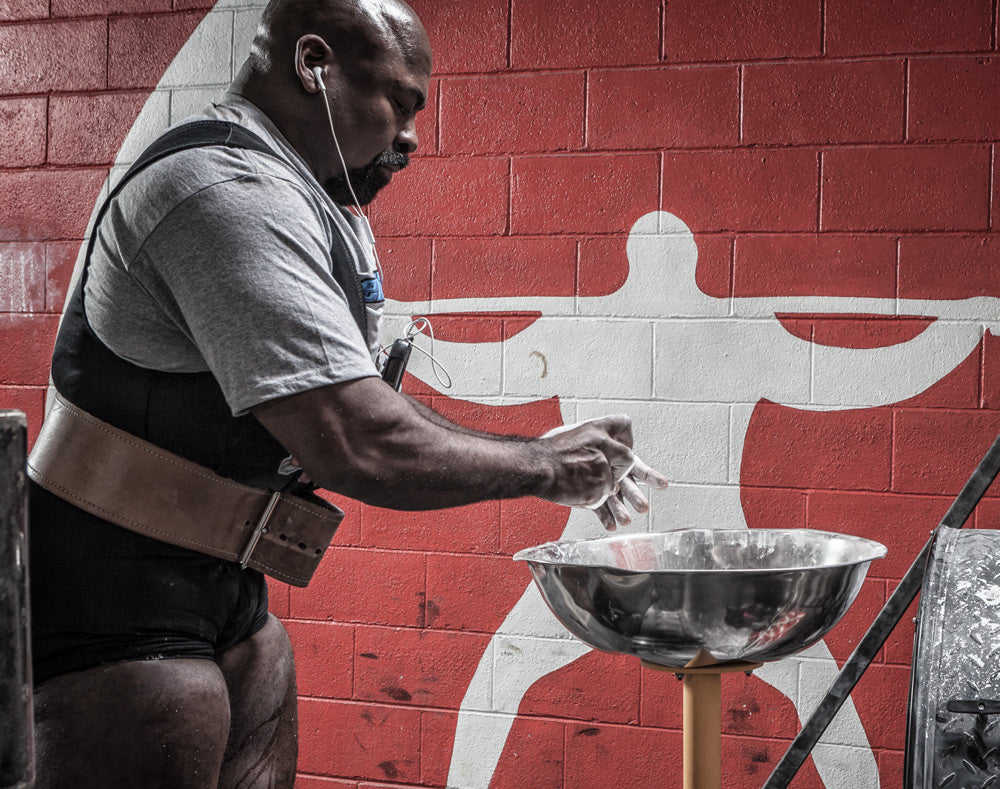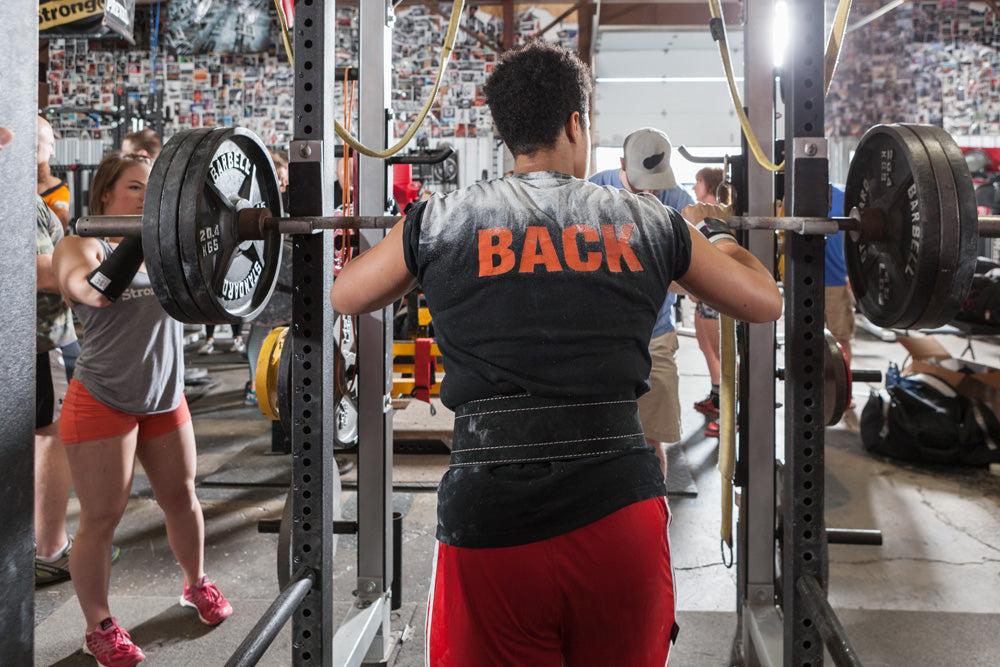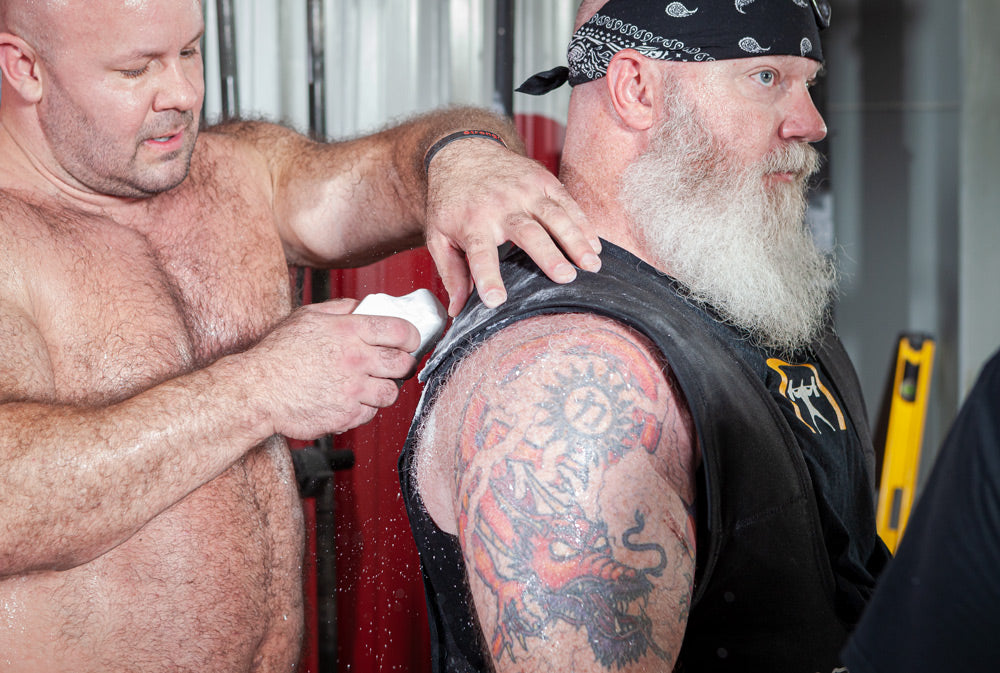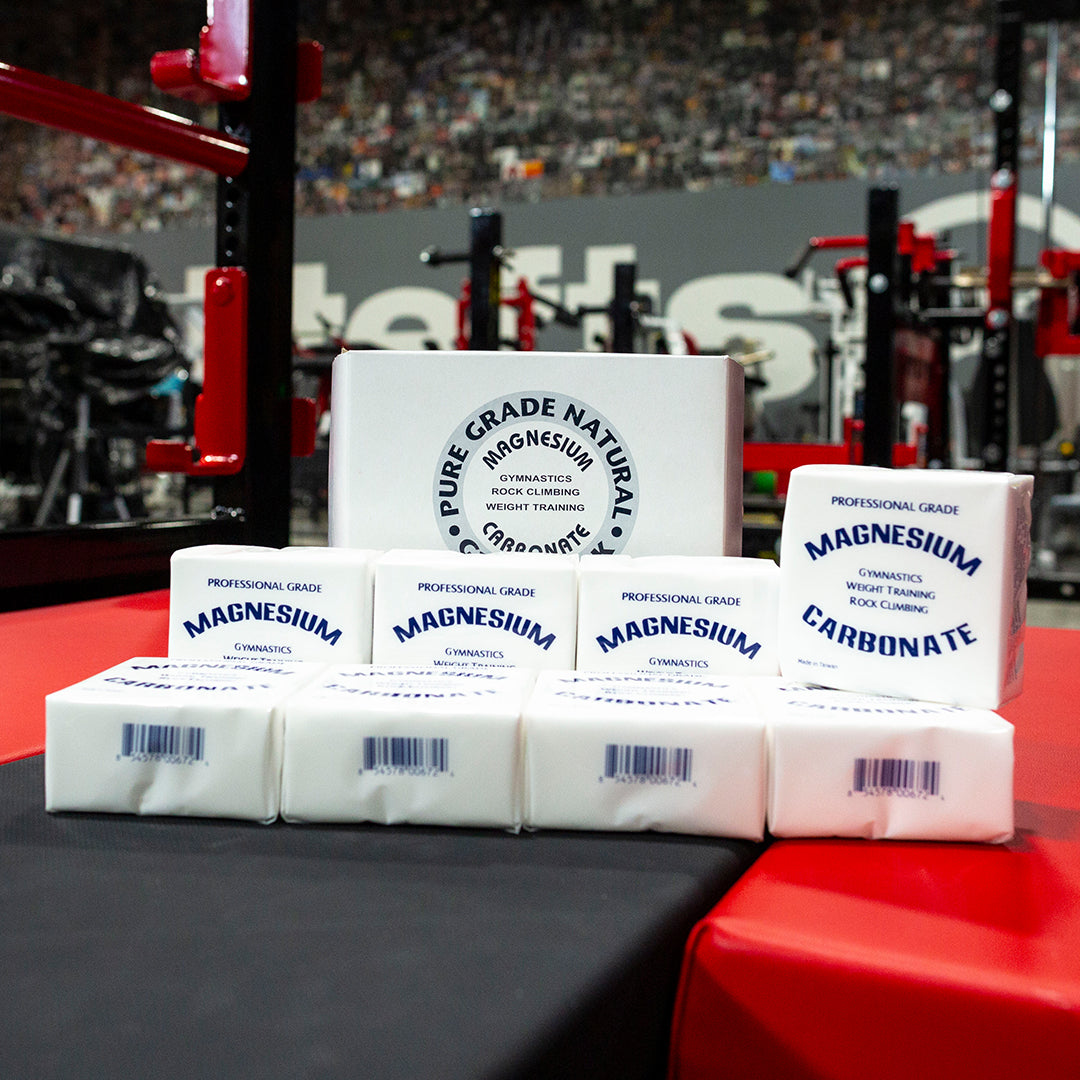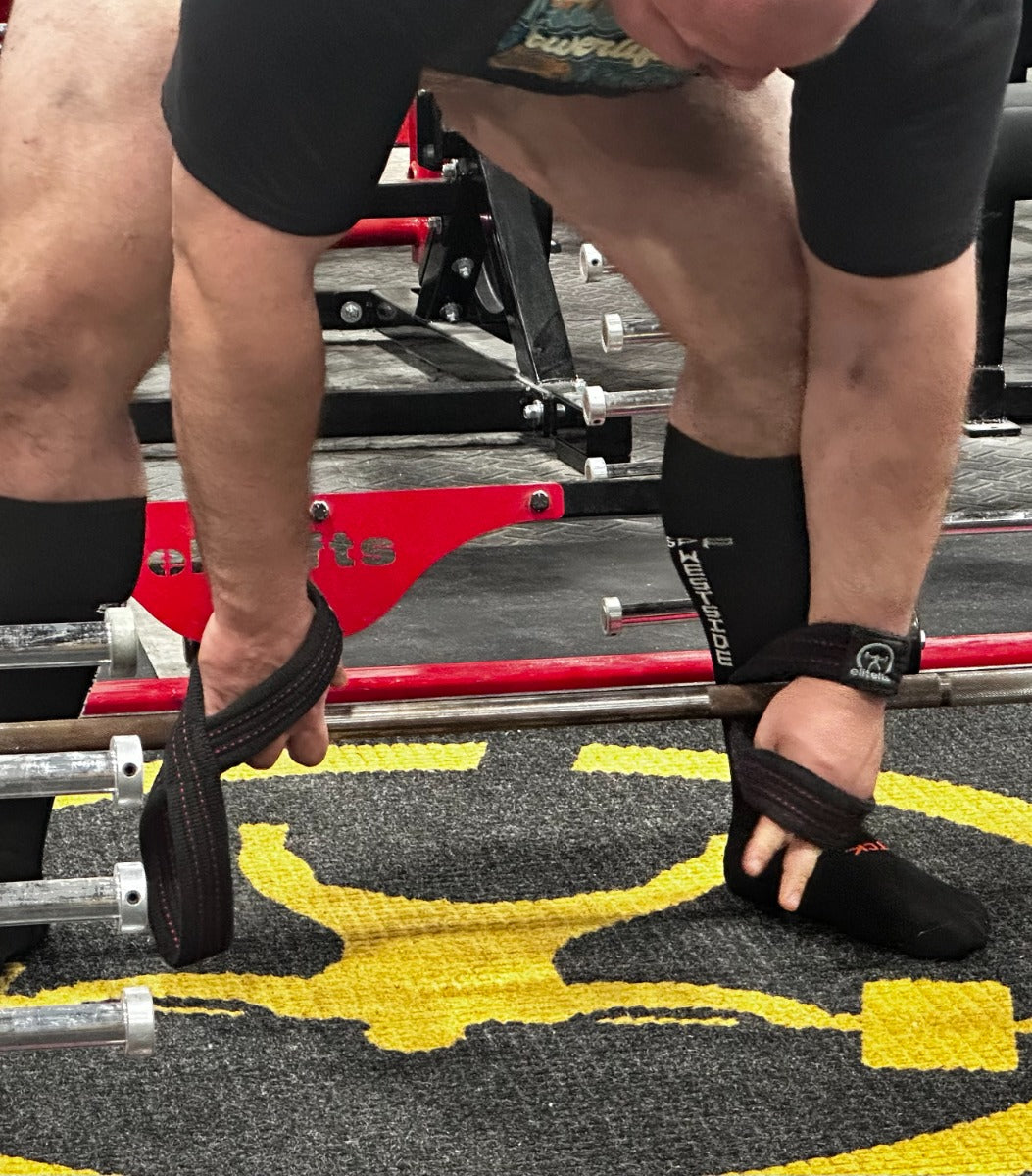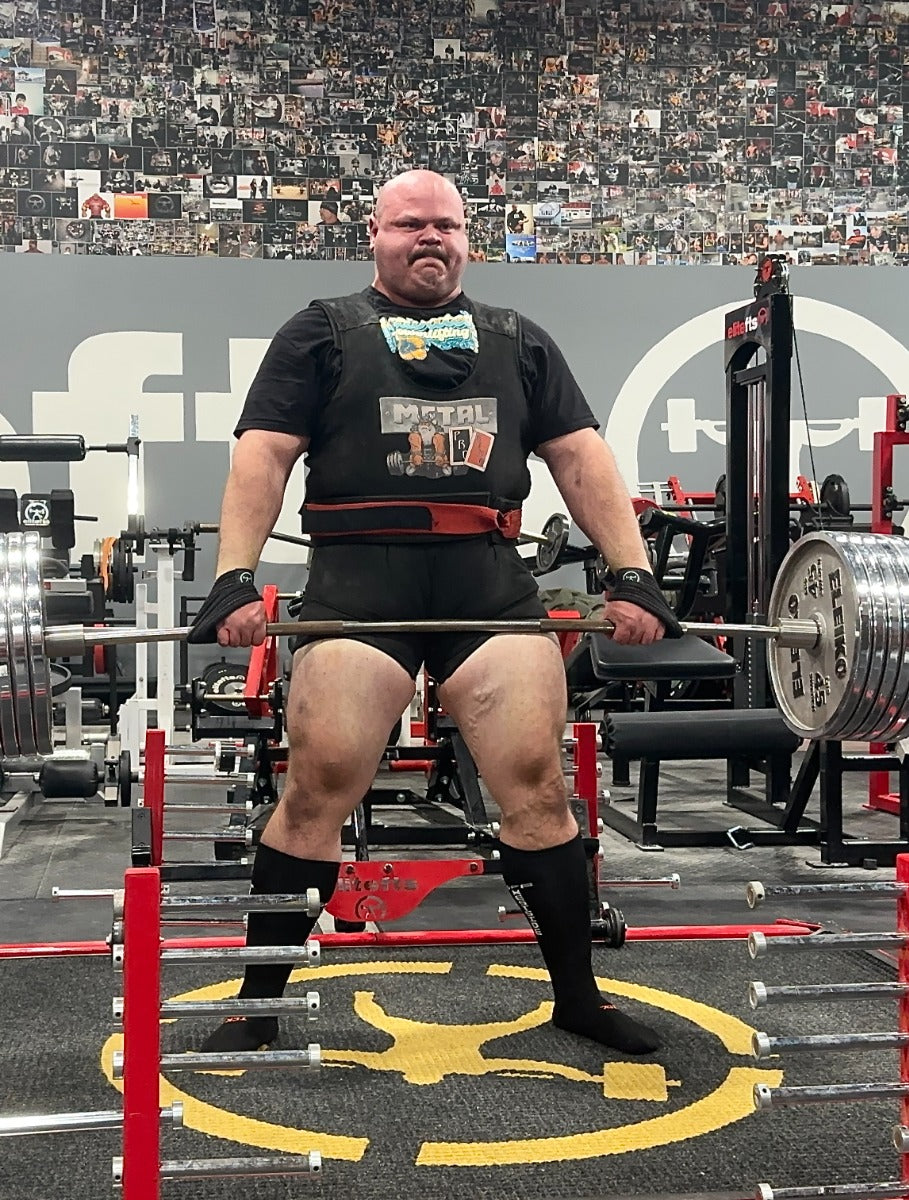The world of strength and conditioning moves in mysterious ways. I find myself writing this month's article after finding out that after a 20-year absence, I have been asked to return to Canterbury duty as a strength and power coach. Certainly, it was a full-circle career moment as I initially moved from Australia to New Zealand to take up a head of strength and conditioning role in 2003. I thought this would be another two-year stop along the career road, but I was in Canterbury/Crusaders roles for the next almost decade, moving on in 2011.
In preparation for this new campaign, I was tasked with looking at ways I could demand more of the playing squad by challenging mindsets of what can be achieved in the weight room. I also wanted to challenge my mindset, especially regarding what could be done under time restrictions and how to look at my big rocks, ensuring I prioritized them in the process.
With the above in the forefront of my mind, I was then able to look at what is the effective minimal dose requirements of such a model, given that we have players that need to target metabolic/fat loss aspects of programming whilst others still require time to build hypertrophy during the season as an ongoing work on. My decision was to ensure that two sets of my new complex were the non-negotiable three would be better, and ideally, for the players chasing strength and power, they would do four sets.
The Canterbury Contrast Complex
I have named this new complex the Canterbury Contrast Complex, keeping some of the eDNA of the original French Contrast Method but giving it a good shake-up to better meet my team group's requirements.
Here are the options I have developed for both Lower and Upper Body. Included are the ranges for velocities if you are fortunate to be in a position to utilize some form of velocity monitoring:
Canterbury Contrast Complex (Lower Body)
- Week One: 4 x 6 at 1.0+ metres per sec
- Week Two: 4 x 4 at 0.8 – 1.0 metres per sec
- Week Three: 4 x 2 at 0.6 – 0.8 metres per sec
| Option One | Option Two |
| 1a: Band Box Squat Wk1 - 40% + 25% Bands Wk2 - 50% + 25% Bands Wk3 - 60% + 25% Bands |
2a: Power Clean or Pull Wk1 – 60% Wk2 – 70% Wk3 – 80% |
| 1b: Deadlift variations(Player Choice) | 2b: Squat variations(Player Choice) |
| 1c: Plyometrics Wk1- Repeat Hurdle Hops Wk2- Knees to One Foot Wk3- Single Leg Depth Jump to Split Landing |
2c: Plyometrics Wk1 – Borzov Hops Wk2 – Box Jumps Wk3 – Depth Jumps |
| 1d: Unilaterals Wk1 – Sprinter’s Squat Wk2 – Banded Step Up Wk3 – DB Clean to Split Landing | 2d: Unilaterals Wk1 – Single Leg Back Extension Wk2 – Landmine RDL Wk3 – Band Resisted Sprint (10 metres) |
Canterbury Contrast Complex (Upper Body)
Week One: 4 x 6 at 1.0+ metres per second
Week Two: 4 x 4 at 0.8 – 1.0 metres per second
Week Three: 4 x 2 at 0.6 – 0.8 metres per second
| Option One | Option Two |
| 1a: Band or Chain Bench Press Wk1 - 40% + 25% Bands/Chain Wk2 - 50% + 25% Bands/Chain Wk3 - 60% + 25% Bands/Chain |
2a: Push Press Wk1 – 60% Wk2 – 70% Wk3 – 80% |
| 1b: Military Press | 2b: Bench Press |
| 1c: PlyometricsWk1 – Med Ball Drops Wk2-Clap Push Ups Wk3-Upper Body Depth Jumps | 2c: Plyometrics Wk1 – Kneeling Med Ball Push to Wall Wk2- Med Ball Cross Over Pushups Wk3-Feet Elevated Plyo Push Ups |
| 1d: Unilaterals One Arm DB Incline Bench Press |
2d: Unilaterals One Arm KB Savickas Press |
+ 1 x Upper Body Horizontal Pull and 1 x Upper Body Vertical Pull, these can be both bilateral movements or you could also alternate a bilateral and a unilateral on each training session. The sets and reps over a 3-week load for these movements are:
Wk 1: 12, 10, 8, 8 Wk 2: 10, 8, 6, 6 Wk 3: 8, 6, 4, 4
You can see from the tables above that there are significant differences in this new programming style. Rather than a secondary plyometric exercise, I have used a secondary strength exercise, using a unilateral performance to ensure balance and control between limbs.
If you wish to change up the C element of the above tables, I have compiled a list of options that you can choose from in the table below as a means of tailoring the specific movements to your needs and training experience:
Lower Body
| Level/Weeks | Option One | Option Two | Option Three |
| 1(Easy) | Repeat Hurdle Hops | Seated Box Jumps with Feet Stamp | Band Assisted Vertical or Horizontal Jumps |
| 2(Medium) | Kneeling Start to One Foot Landing | Knees to Feet Jump for Height | Borzov Hops |
| 3(Hard) | Single Leg Depth Jump to Split Landing | Depth Jump + Vertical or Horizontal Jump | Repeat High Hurdle Jumps |
Upper Body
| Level/Weeks | Option One | Option Two | Option Three |
| 1(Easy) | Med Ball Drops With Partner | Kneeling Med Ball Push to Wall | Band Assisted Plyo Push-ups |
| 2(Medium) | Clap Push Ups | Med Ball CrossoverPush-ups | Box Jump Push-ups |
| 3(Hard) | Upper Body Depth Jumps | Wheelbarrow Arm Jumps | Feet Elevated Plyo Push Ups |
The above two programs make up the emphasis on the first two training days for the week on a normal 7-day turnaround. For those players chasing other aspects of performance, they would limit the number of complexes to two rather than three or four and then perform the following based on specific needs.
Metabolic(Circuits)
My two favorites are:
Beastly: Deadlift/Hang Clean/Push Press/Front Squat/Bent Over Row/RDL for six reps on each movement, same weight continuous, then the option of the following after each circuit: 2km Watt Bike, 750m Row, 500m Ski Erg or 100m Loaded Carry variation, 6 times through
Canterbury: 40 m
Sandbag Carry(or other Loaded Carry option)/250m Row/DB Hang Clean/Hand Release Pushups/Gorilla Row/See Saw Shoulder Press/KB Swing, ten reps on each 5 times through the full circuit
Upper Body and/or Lower Body Size
Upper Body Size Complexes
Pectoral Complex
Triple Drop DB Bench Press 45°, 30°, 15° 3 x 5 at each angle no rest, wk1: 3 x 5/5/5, wk2: 4 x 4/4/4, wk3: 5 x 3/3/3 s/s Feet Elevated Push Ups to concentric failure, increase height of feet if you can do 10+ push-ups
Delts Complex
KB Single Arm Savickas Press/Lu Raise/Seated Plate Raise to Overhead position/Banded Victory Raise
3 x 12 on each with zero rest in between exercises and 60-90 seconds rest between complexes
Upper Back Complex
Seated KB Shrugs (slight lean forward, shrug straight up)/
Seated Long Cable Row/Close Grip Pulldowns to Chest/Banded Face Pulls
3 x 12 on each with zero rest in between exercises and 60-90 seconds rest between complexes
Arms
Triceps: Low Incline DB Tate Press 3x12 s/s Dips 3xmax
Biceps: Matrix
EZ Bar Curls 3x (5 full/5 top half/5 bottom half/5 full) s/s Chins 3xmax
Wk1: 3 sets Wk2: 4 sets Wk3: 5 sets
Lower Body Size Complexes
Quad Dominant
Leg Extension/
Leg Press/Slant Board Goblet Squat
3 x 12 reps, / means no rest between exercises, 3 seconds up and 3 seconds down. Do not let the weights touch on the Leg Extension. Do not lock the knees on the Leg Press or Goblet Squat,
Hamstring Dominant
Seated Leg Curl/
Reverse Hyper®/Harrop Curls
3 x 12 reps, / means no rest between exercises, 3 seconds up and 3 seconds down. Do not let the weights touch on the Leg Curl.
Wk1: 3 sets Wk2: 4 sets Wk3: 5 sets
Also, the players in this category could utilize any of the following sessions for hypertrophy:
6 – 12 – 25 Finishers
Chest:
DB 45° Incline Bench Press/
Earthquake Bar Bench Press/Push Ups
Shoulders:
Savickas Press/DB Lateral Raises/Band Victory Raise
Back:
Pendlay Row/DB 45° Incline Row/Horizontal Chins
Triceps:
Weighted Dips/DB Low Incline Tate Press/Triceps Death
Biceps:
Weighted Chins/Seated DB Hammer Curls/Biceps Death
Quads:
Front Squat/Leg Extension/Slant Board KB Goblet Squat
Hamstrings:
Romanian Deadlift/Seated Leg Curl/Band Good Morning
Wk1: 2 sets Wk2: 3 sets Wk 3: 4 sets
Injury Prevention
All players need to complete a CARE program either as a warm-up (movement preparation), during ring rest periods, or at the end of the main program. The key areas for the upper and lower body are listed below, and players will have many options to utilize. I would encourage them to use as many as possible to ensure these key areas are targeted from different angles and with different types of contraction (isometric, concentric, and eccentric). This will ensure full development and optimized injury prevention.
Upper Body
| Neck | Thoracic/Scapular/Traps | Rotator Cuff | Unloaded Core | Grip and Elbow Integrity |
Lower Body
| Groin/Hips | Knee | Hamstring | Loaded Carry Loaded Core | Ankle/Foot |
Sets and reps would be for a 3-week loading cycle: Wk 1: 2 x 12, Wk 2: 2 x 10, Wk 3: 2 x 8
If a player is not selected to play on the weekend, then we have an excellent chance to repeat the above loading cycle with different movements on the Thursday and Friday of the week. If a player is selected to play, then the emphasis turns towards a power-based program such as the one below:
Thursday
(Game Day-2)
Explosive Pull, Push and Squat
With the option of Contrast Plyometrics
Week One: 3 x 6 at 1.0+ metres per second
Week Two: 3 x 4 at 0.8 – 1.0 metres per second
Week Three: 3 x 2 at 0.6 – 0.8 metres per second
Final Thoughts
This program is shorter in nature to optimize recovery and player readiness. Coaches should also listen to player needs on this day. As some prefer options of either Lower Body power or Upper body size and strength, which can be easily accommodated by utilizing the options from earlier in the training week. The focus of this session is always preparation to play, which is both physiological and psychological in nature and specific to the player's needs to optimize game day readiness and well-being.
Ashley Jones has worked in three professional sports across 30 years and four continents. He was awarded the NSCA's Professional Coach of the Year in 2016. Ashley holds his CSCS (Certified Strength and Conditioning Specialist) since 1988. Ashley is an honorary lecturer in the School of Therapeutic Sciences, University of Witwatersrand, Johannesburg, SA.

